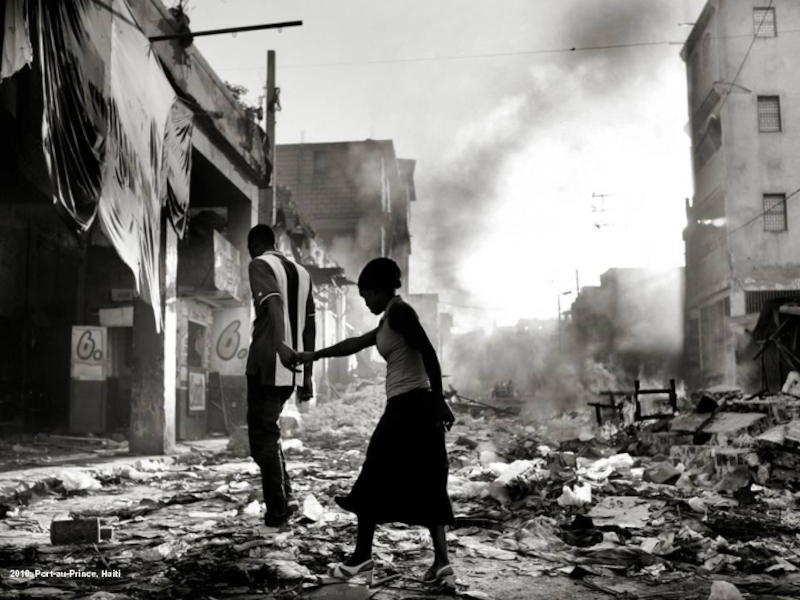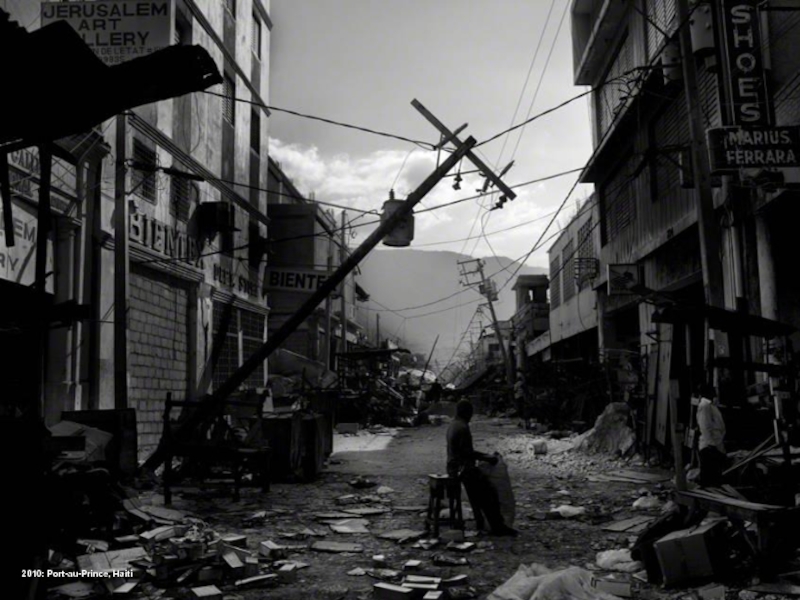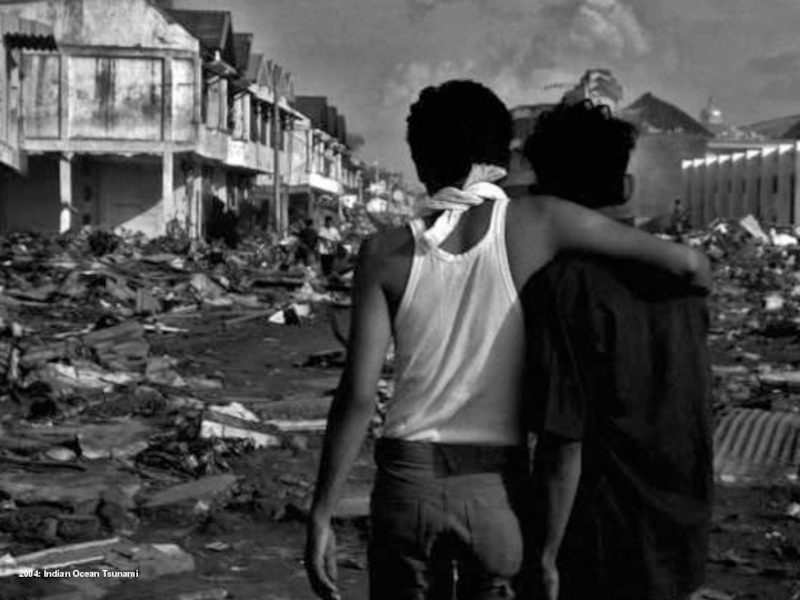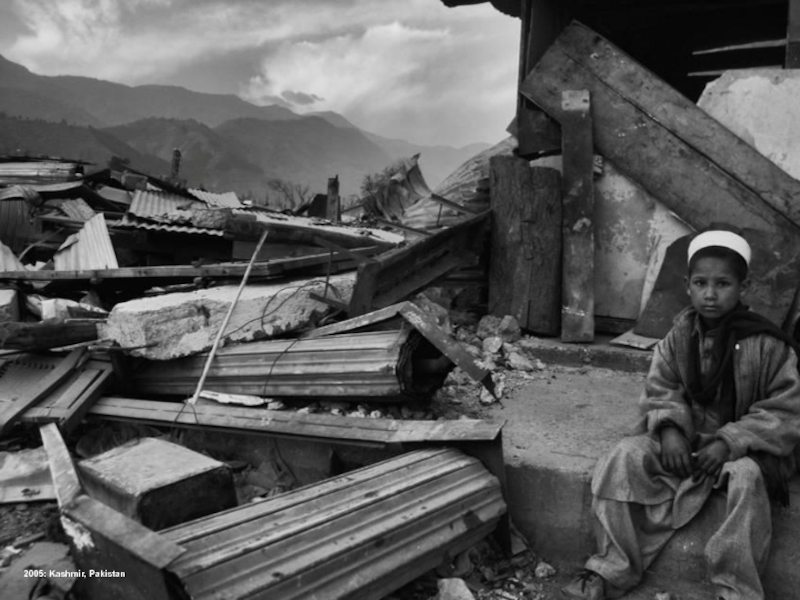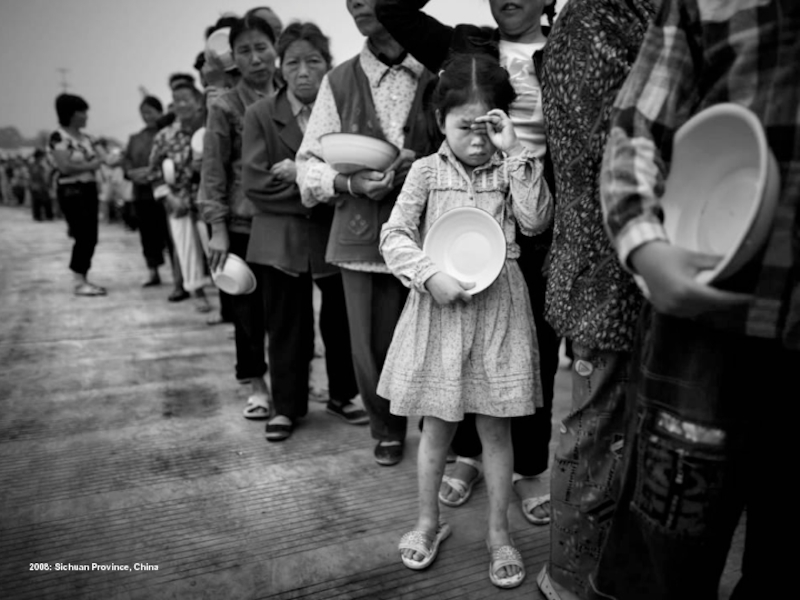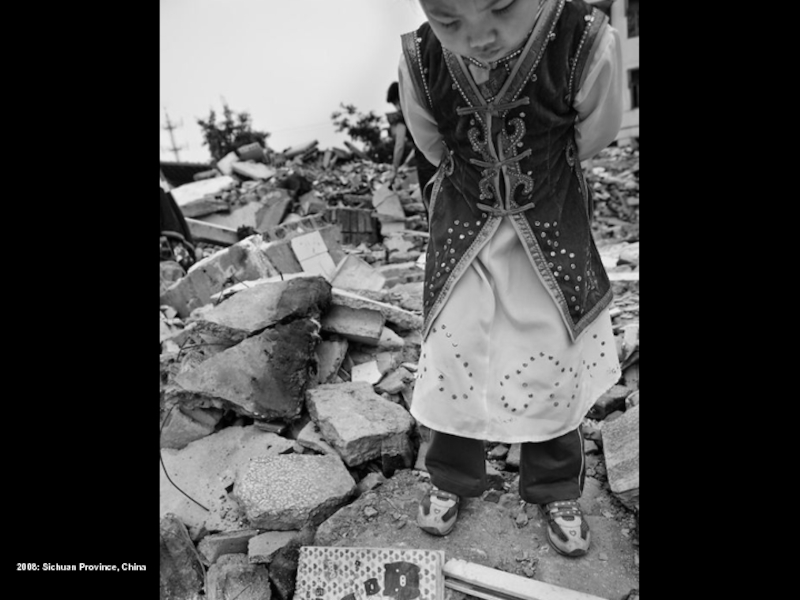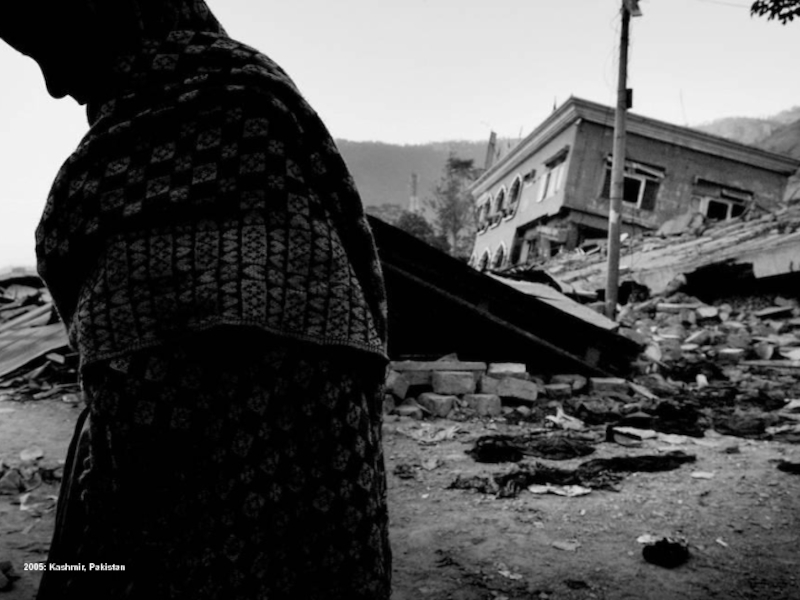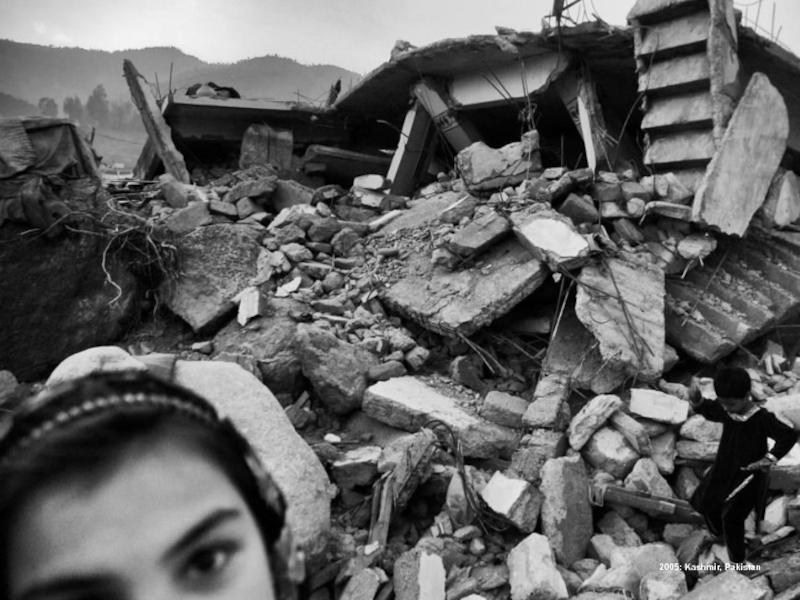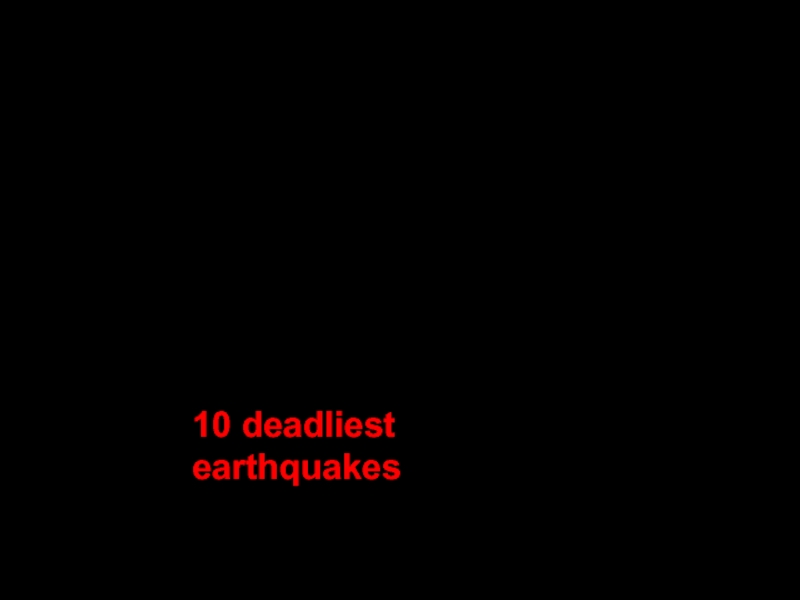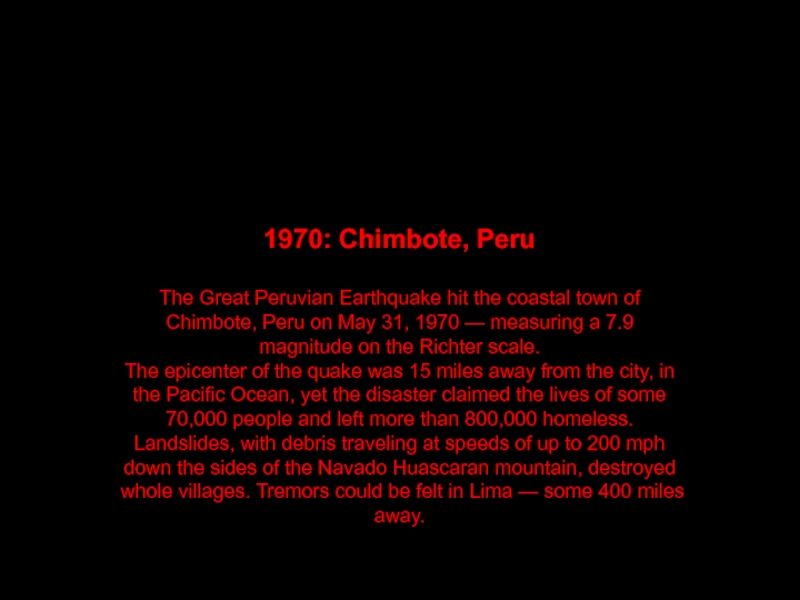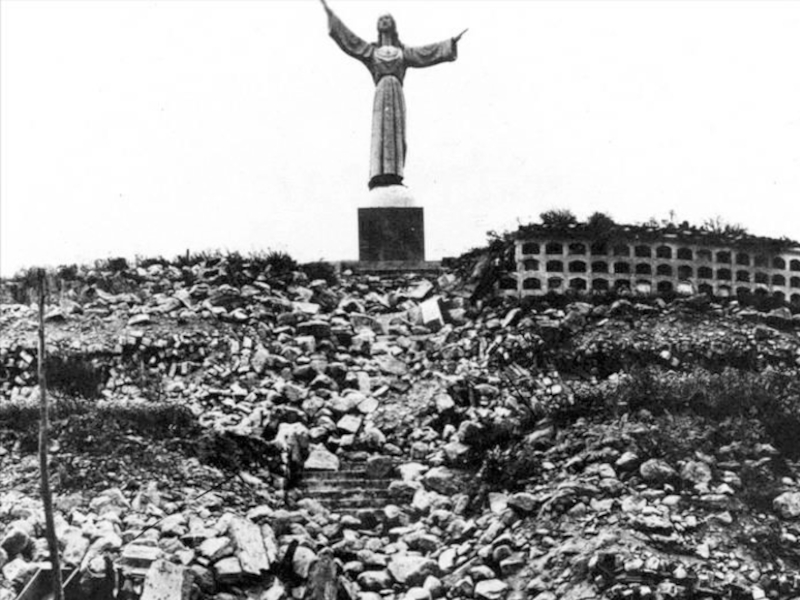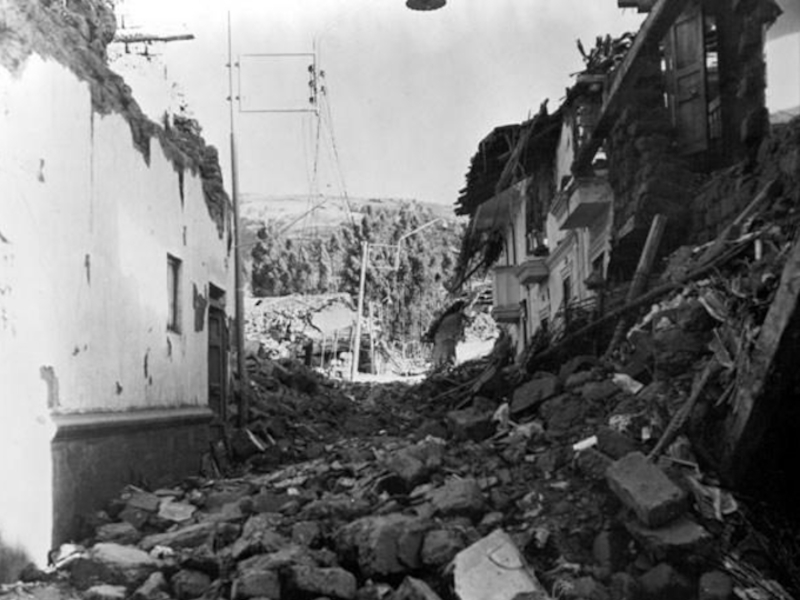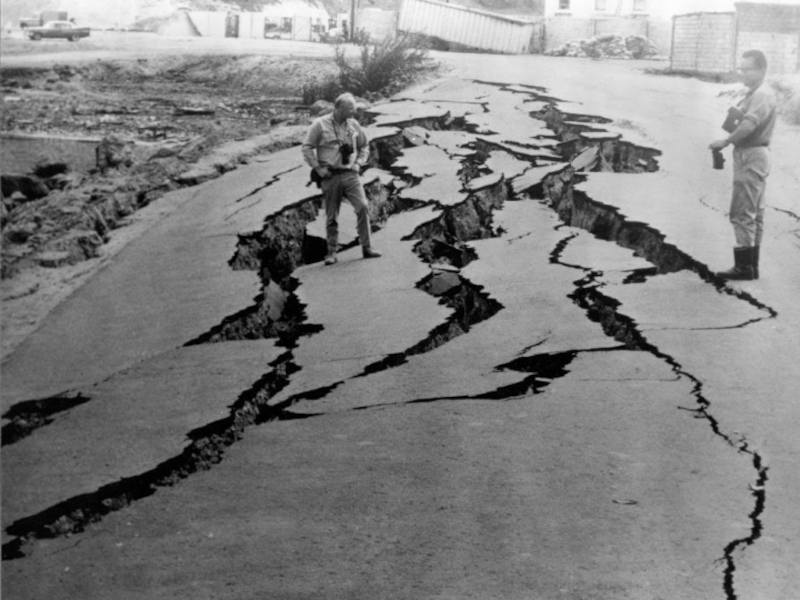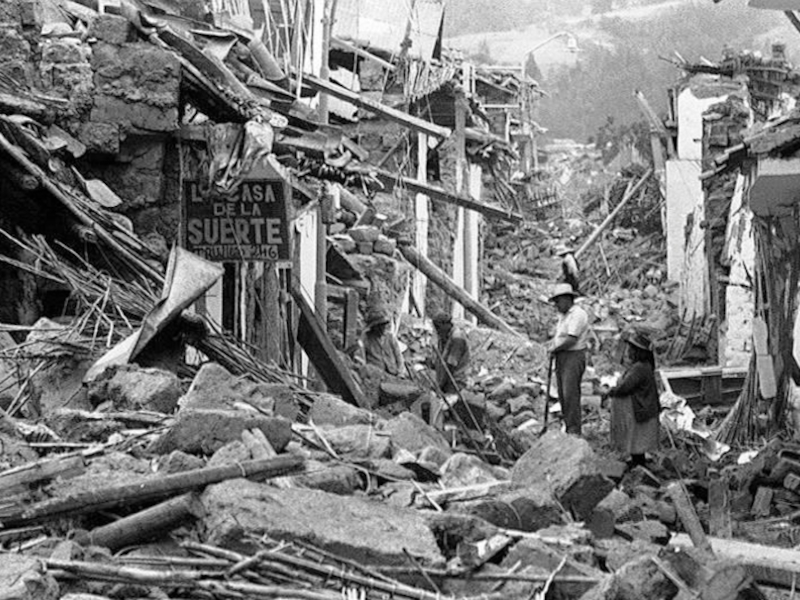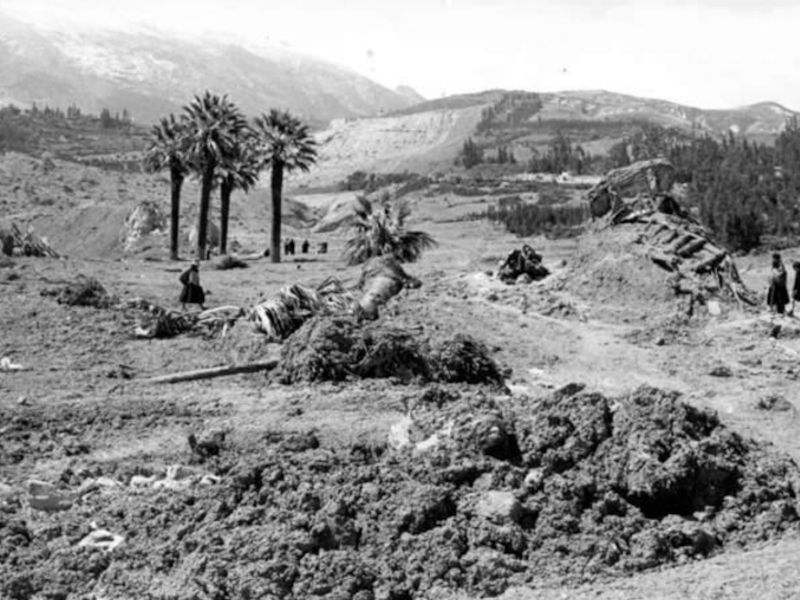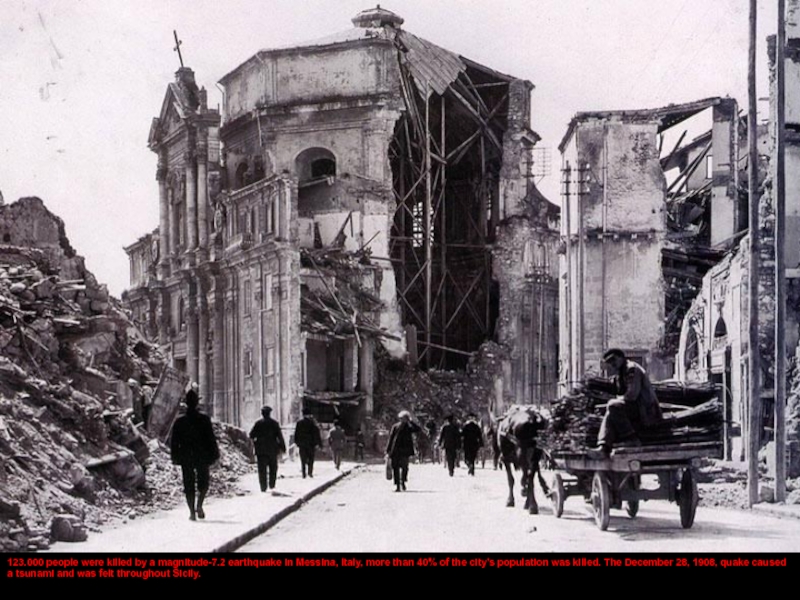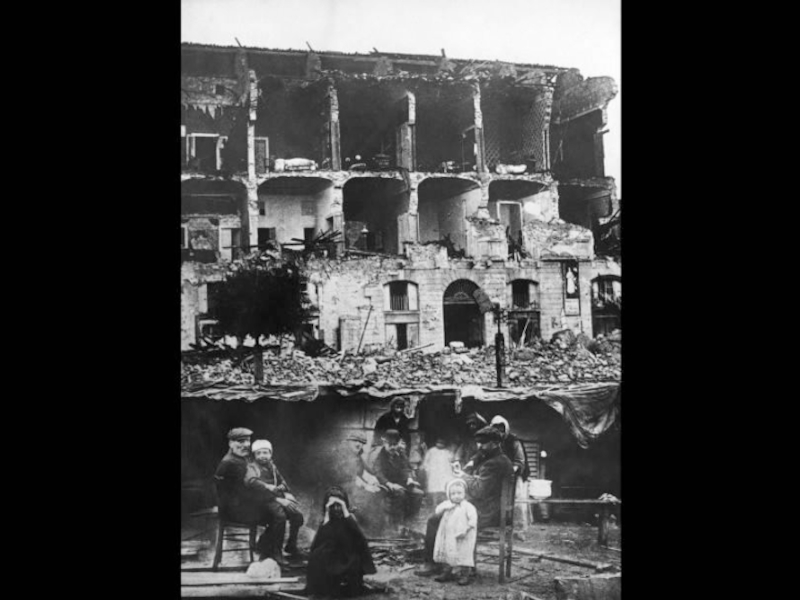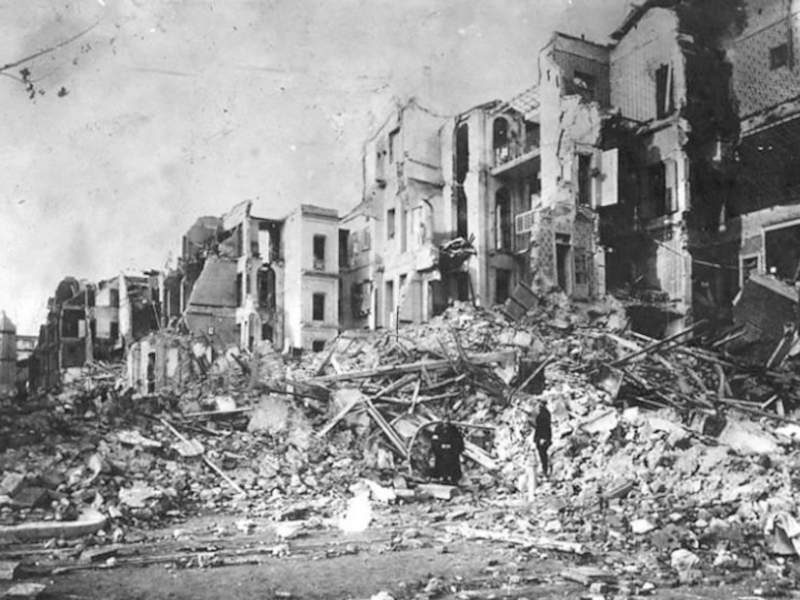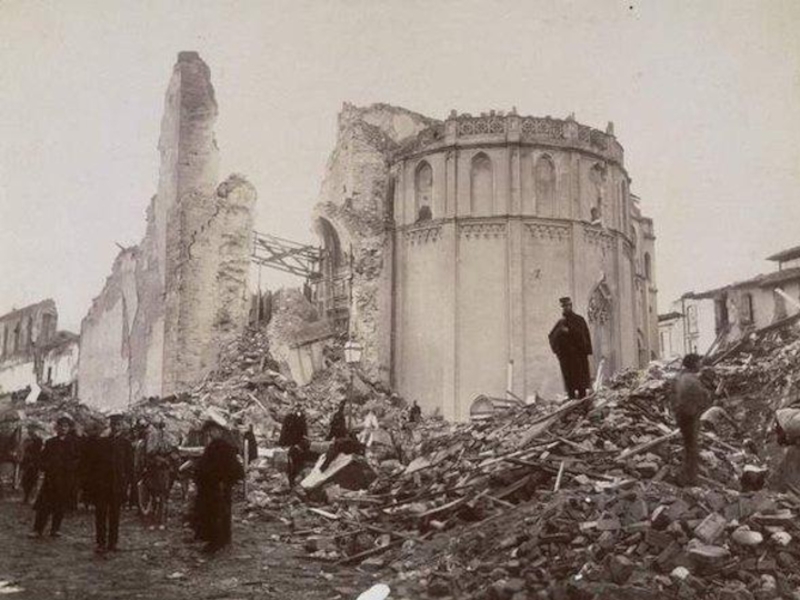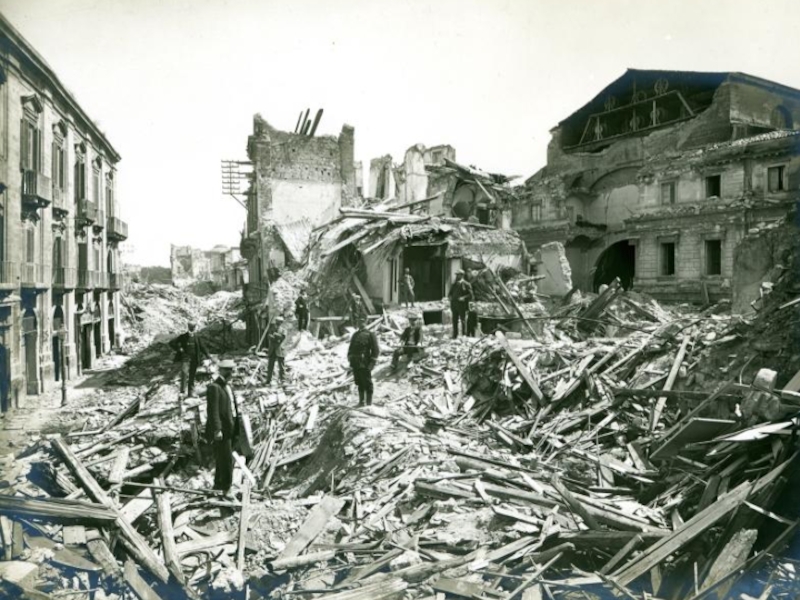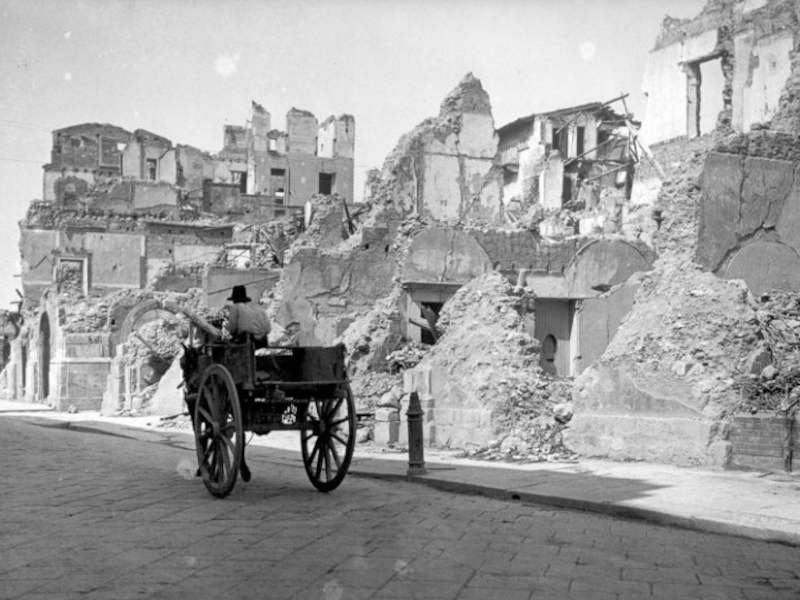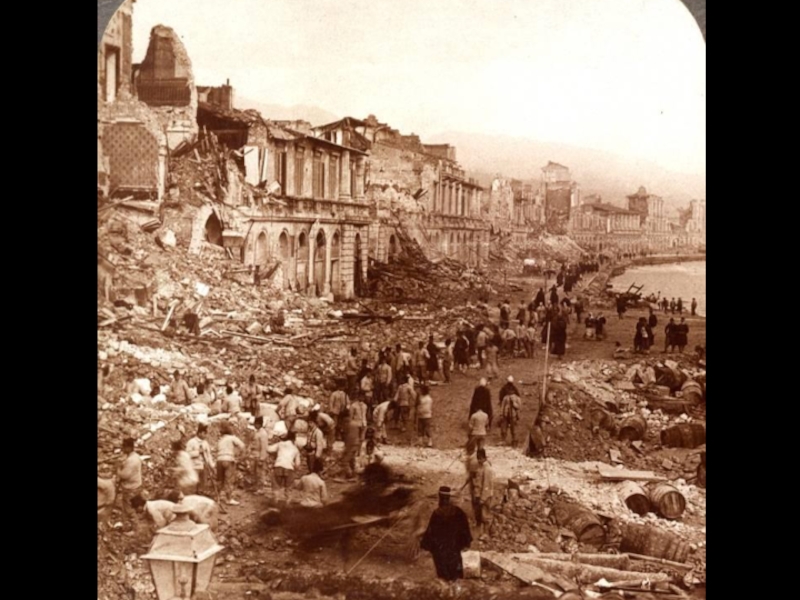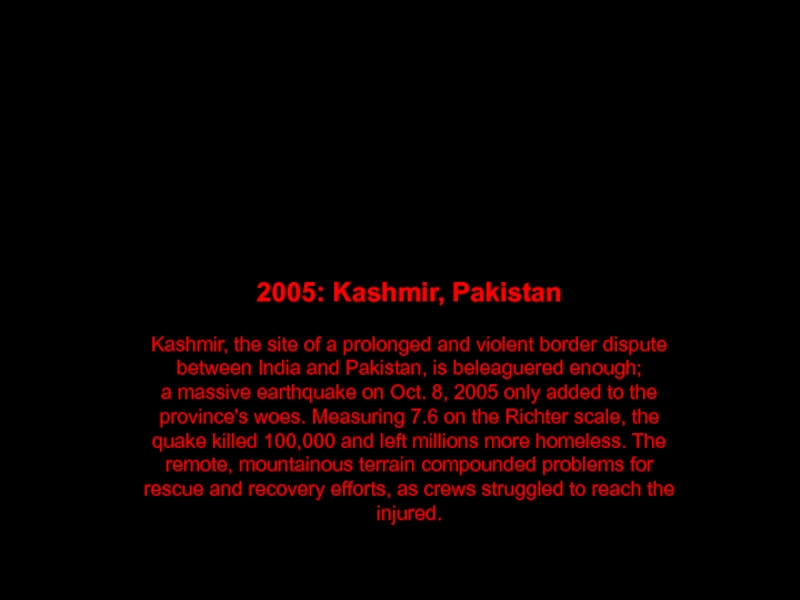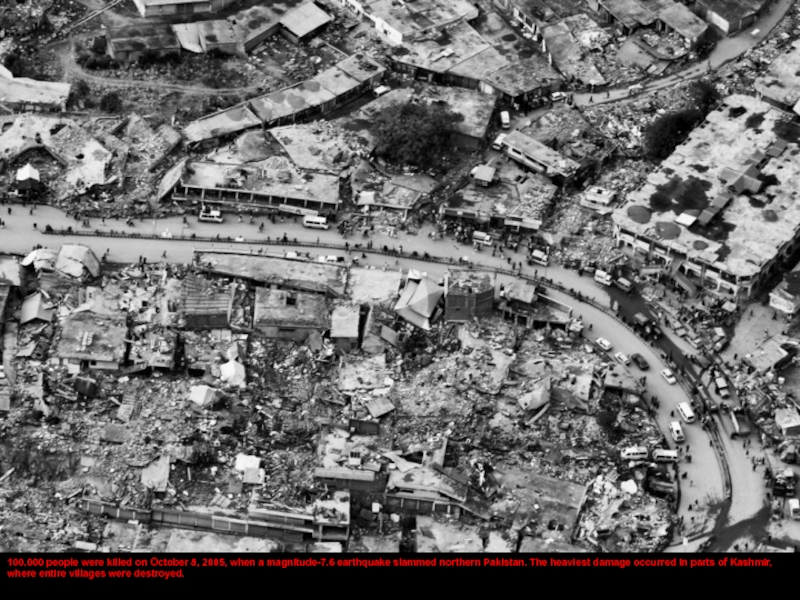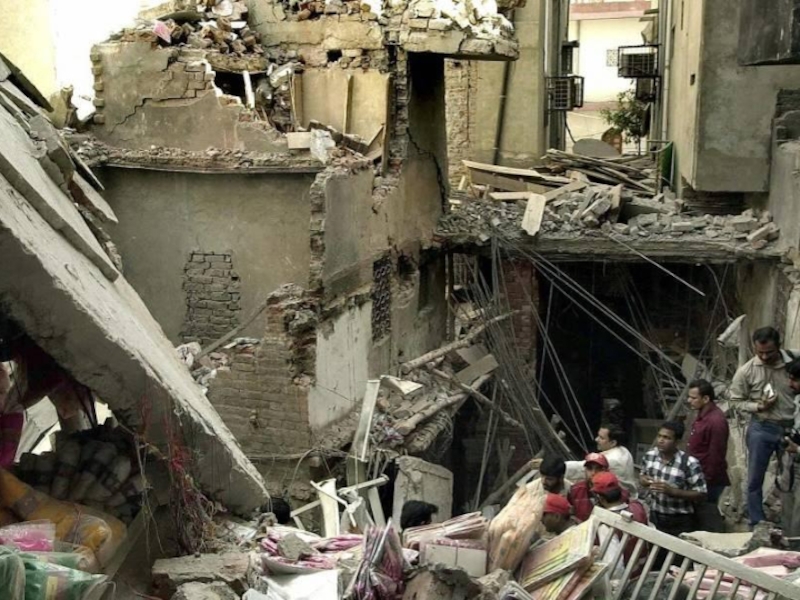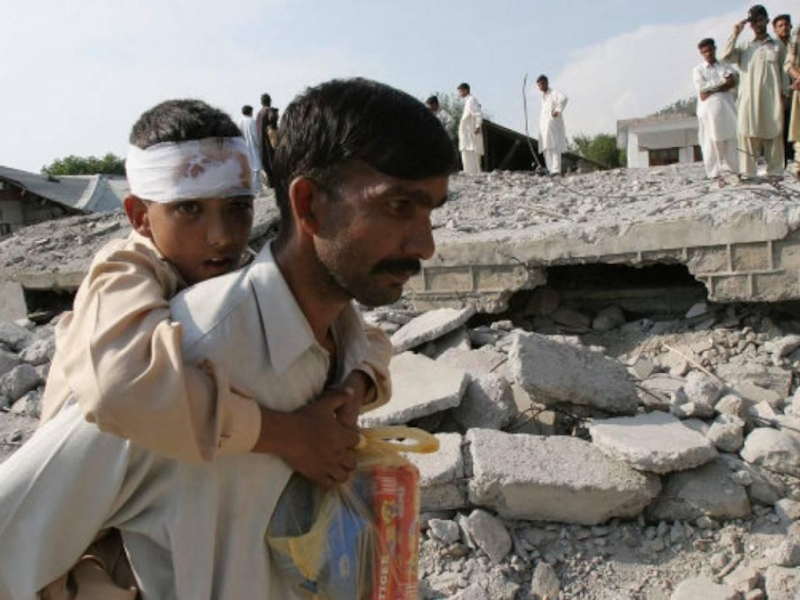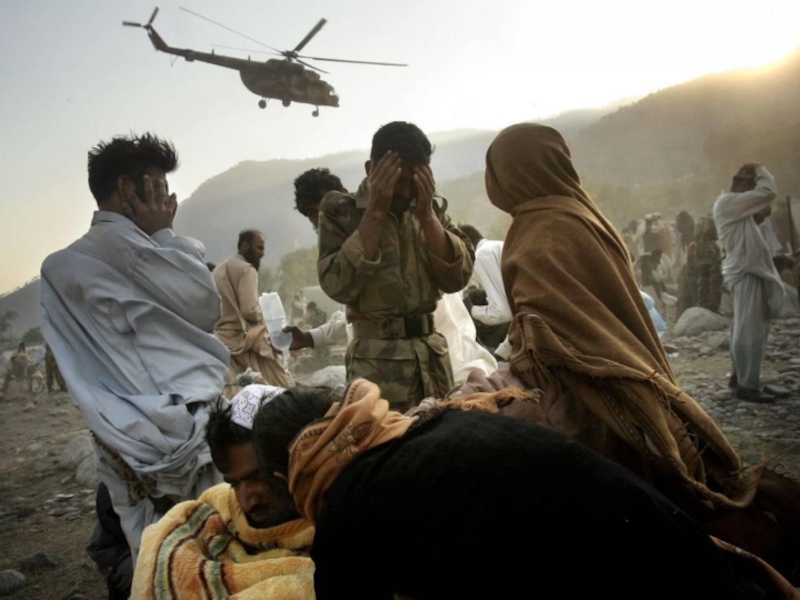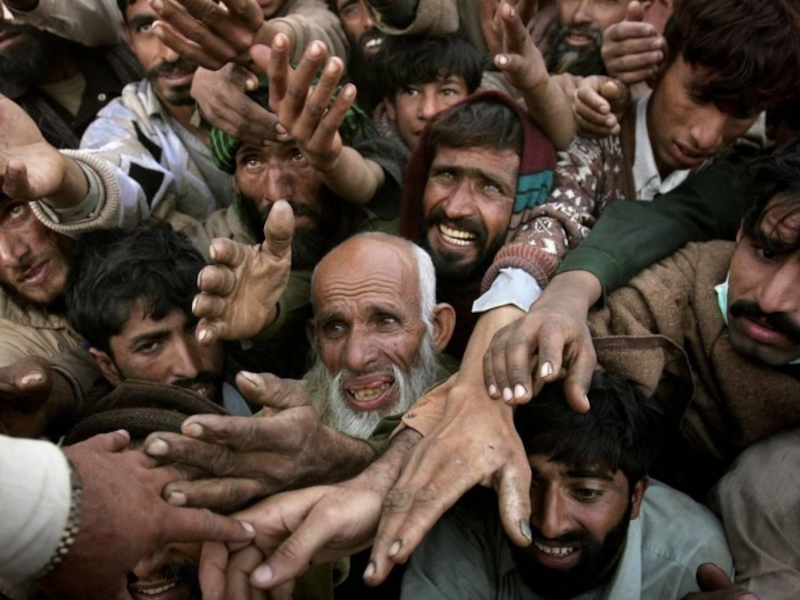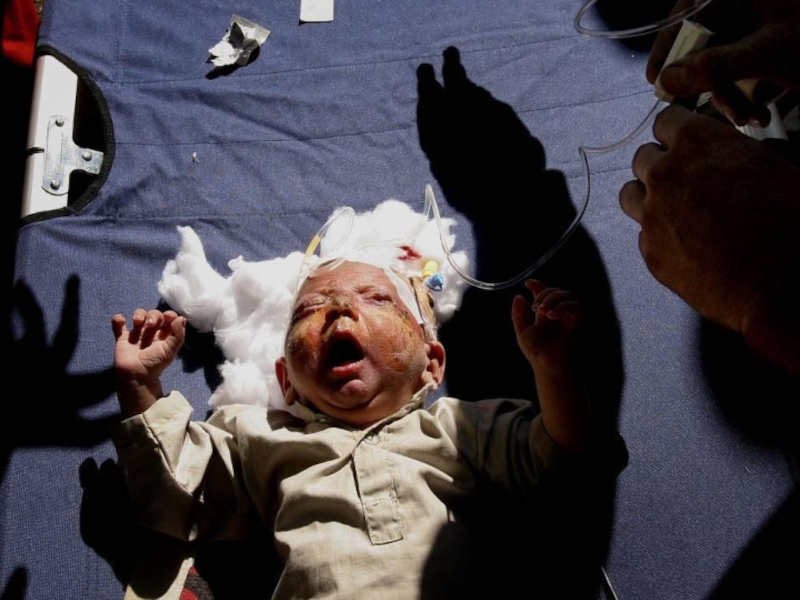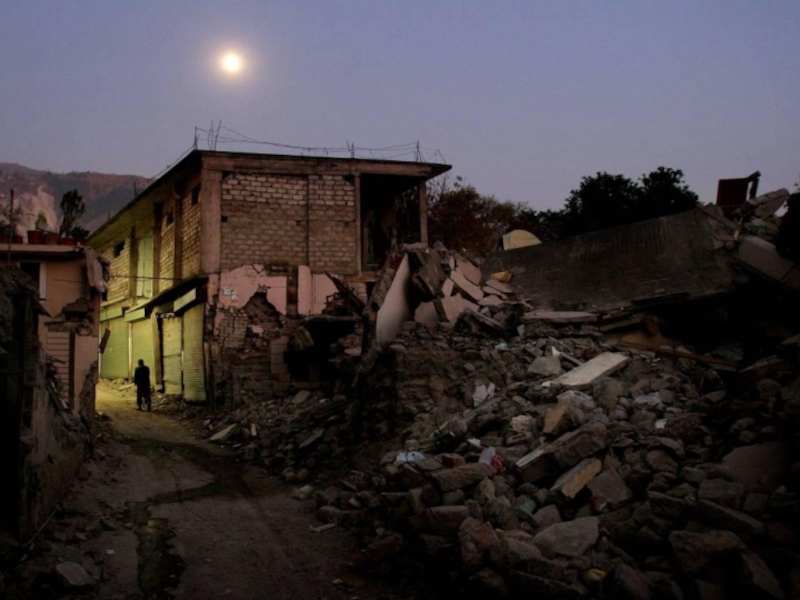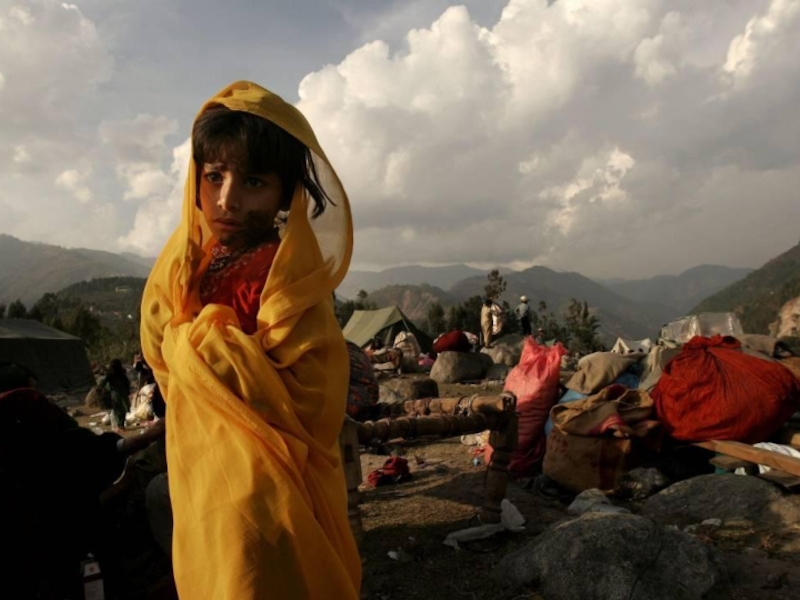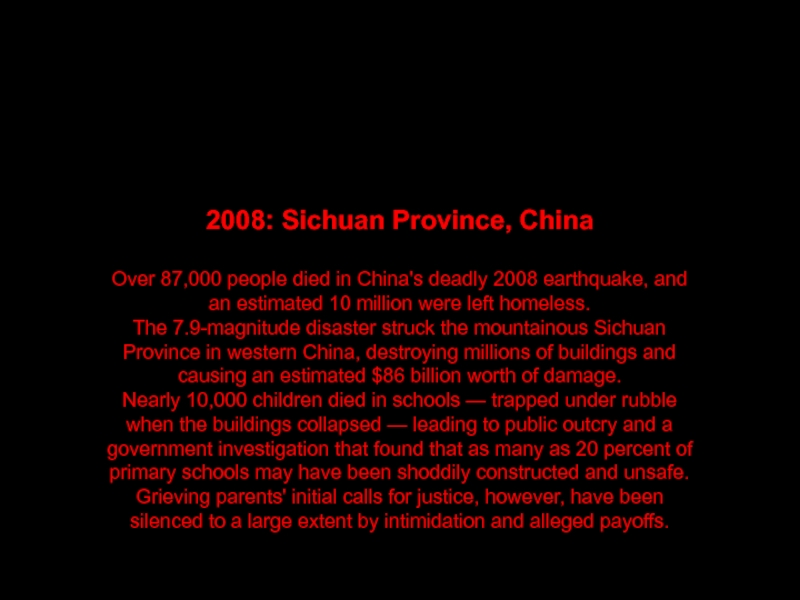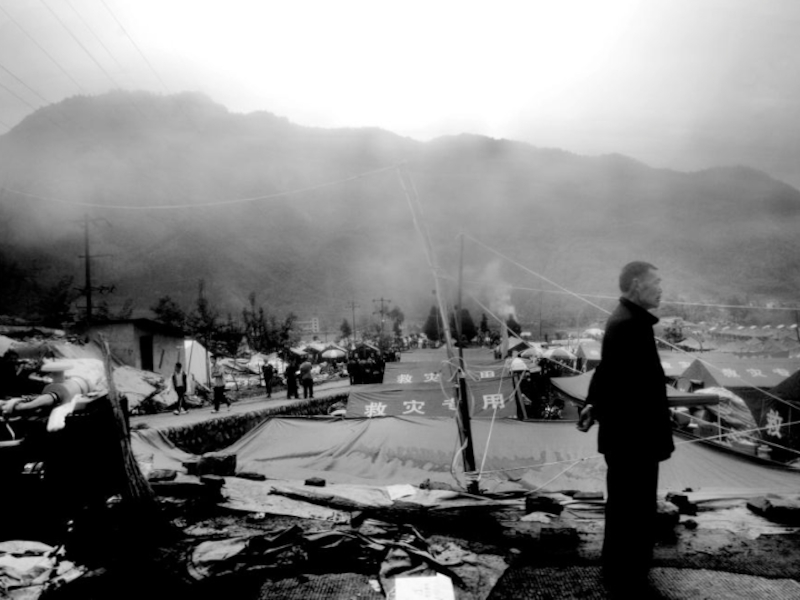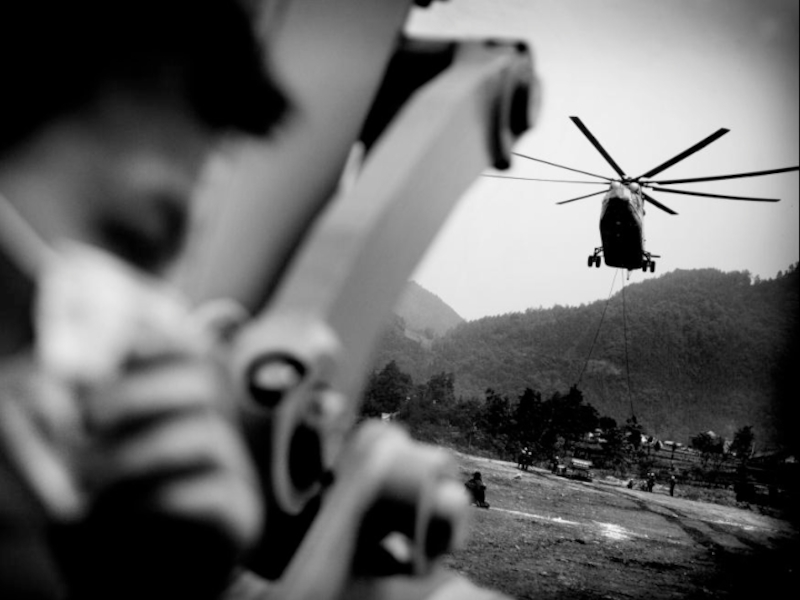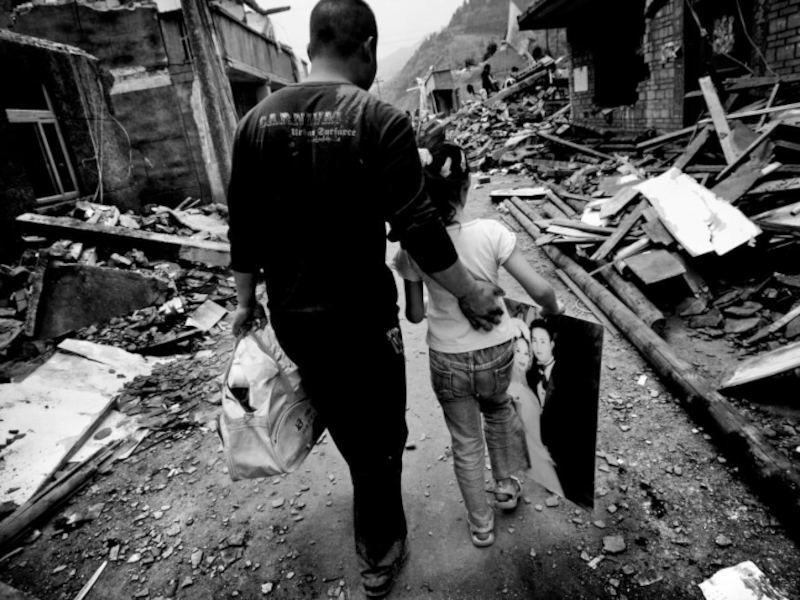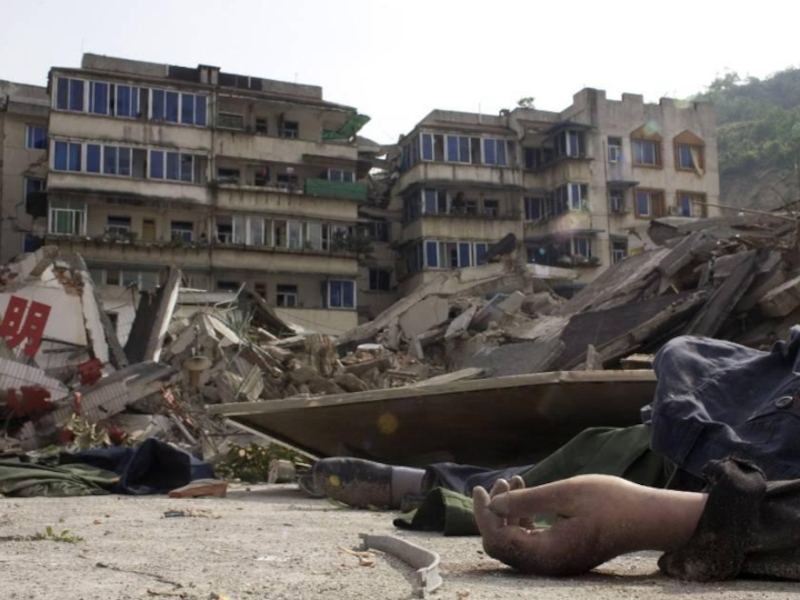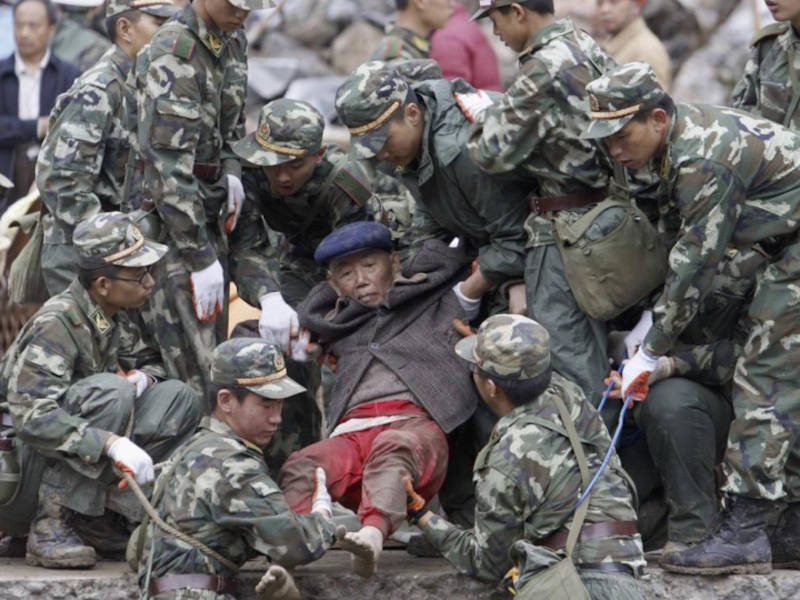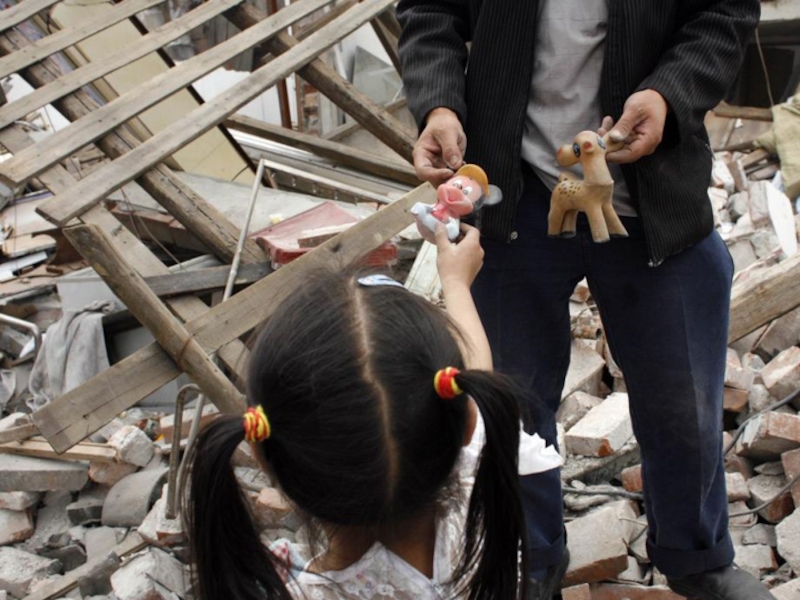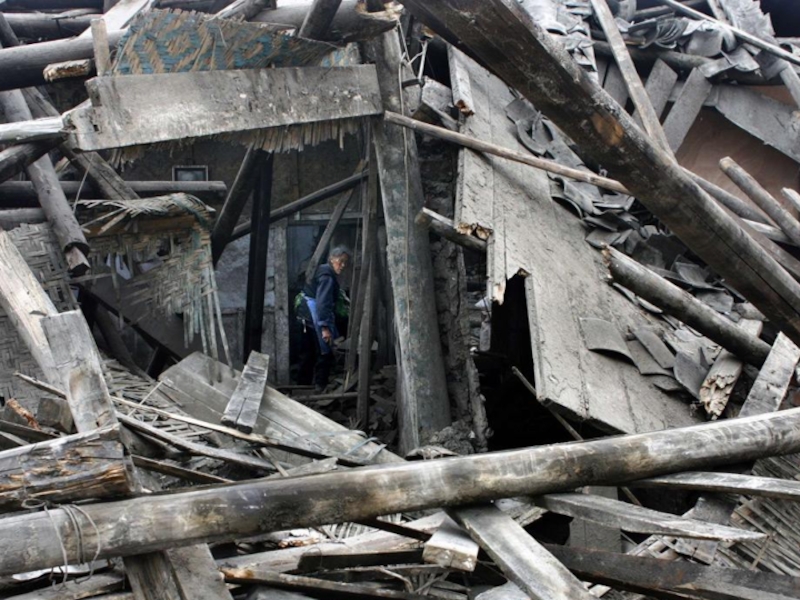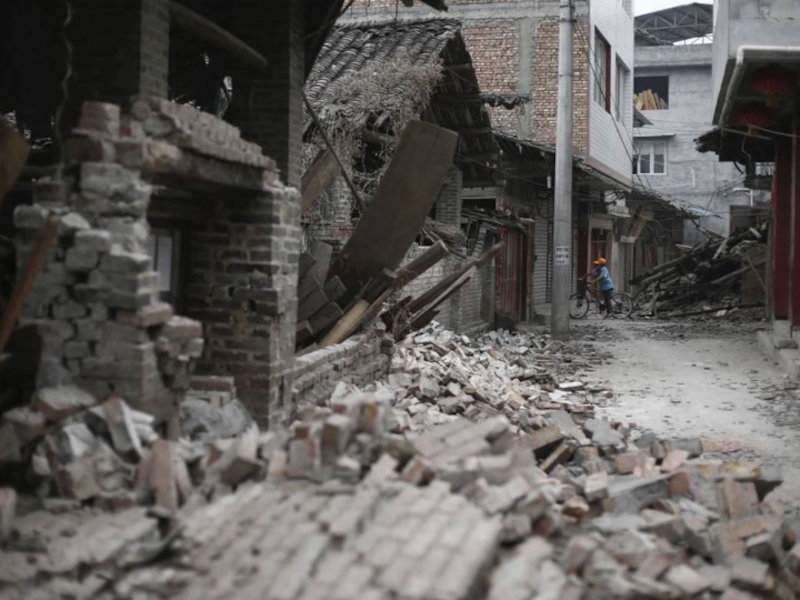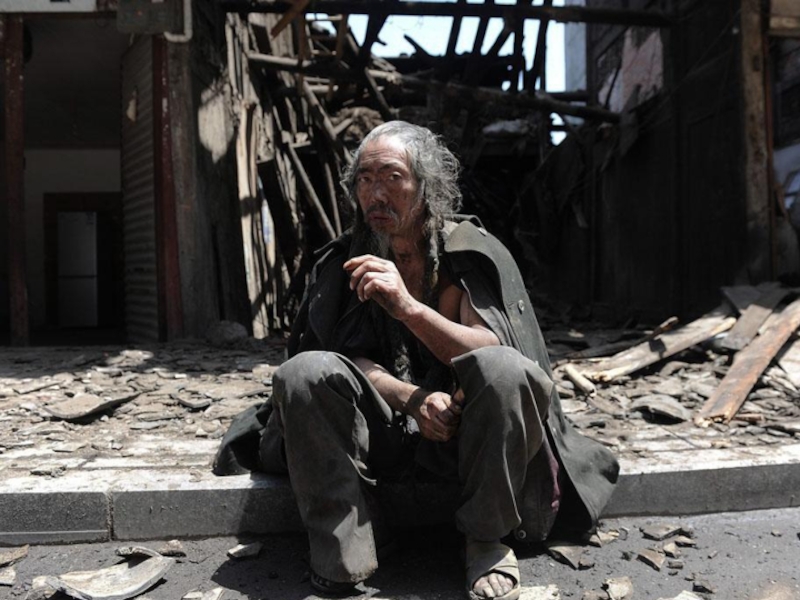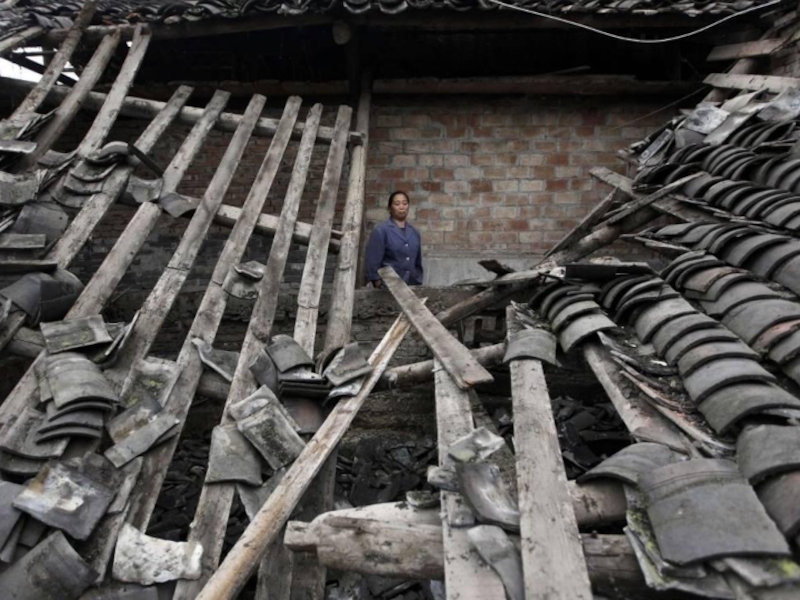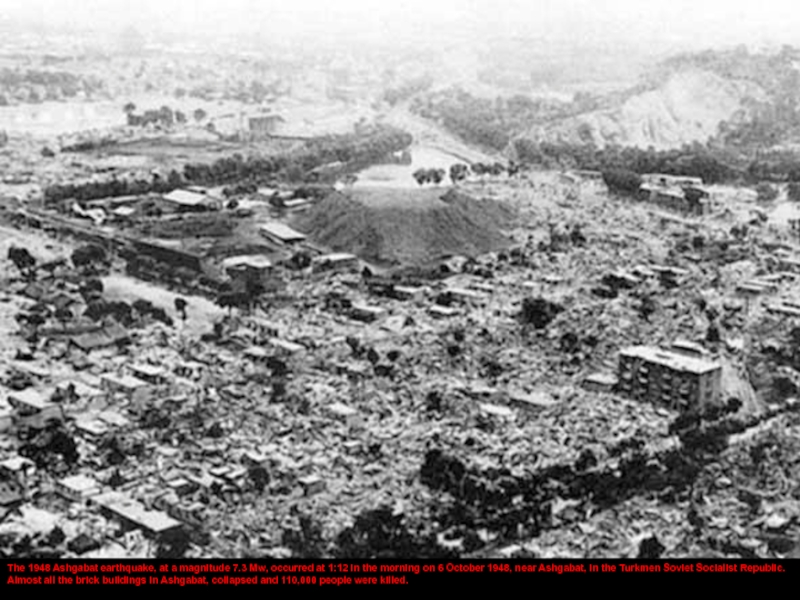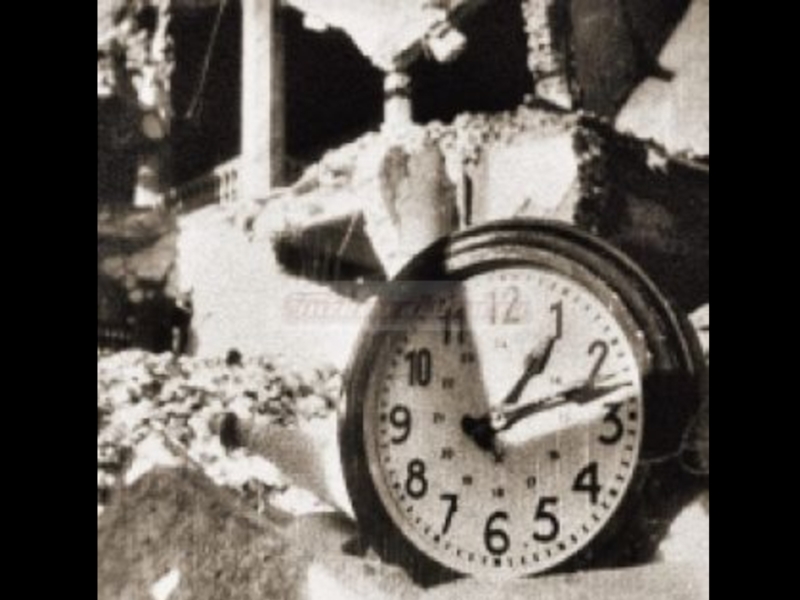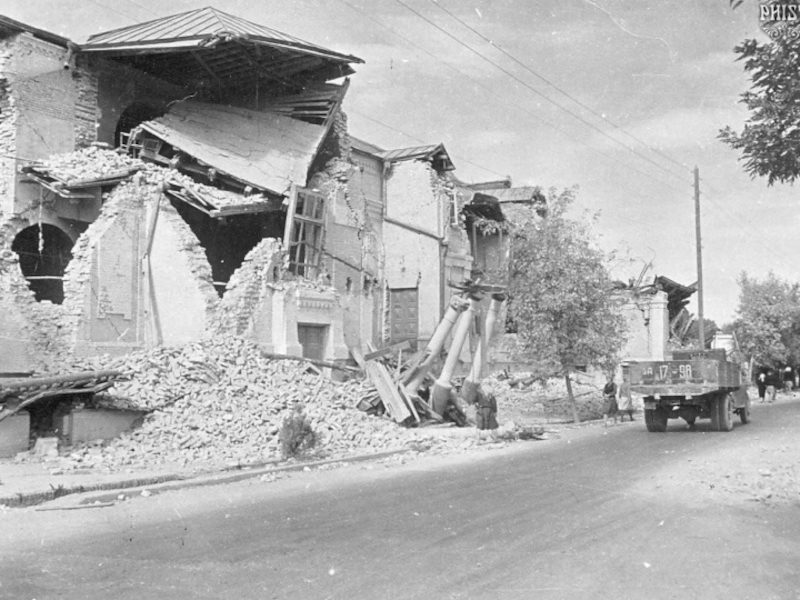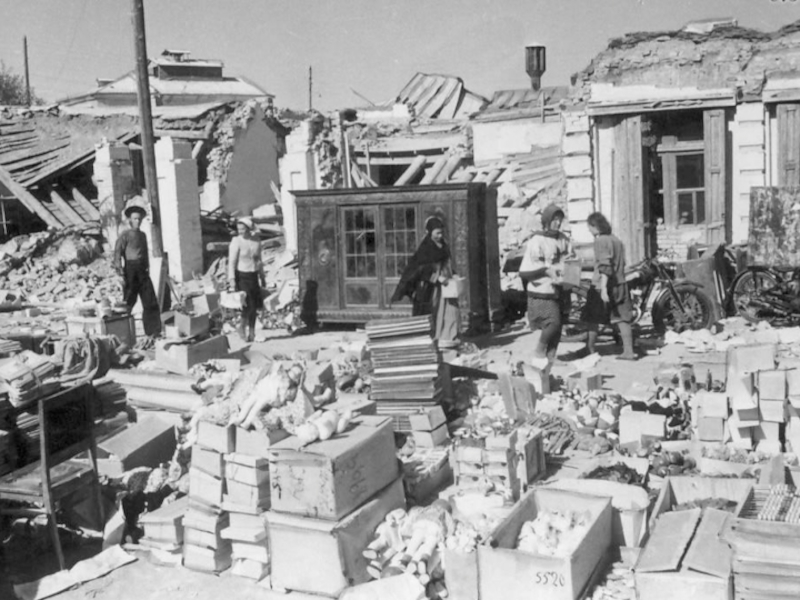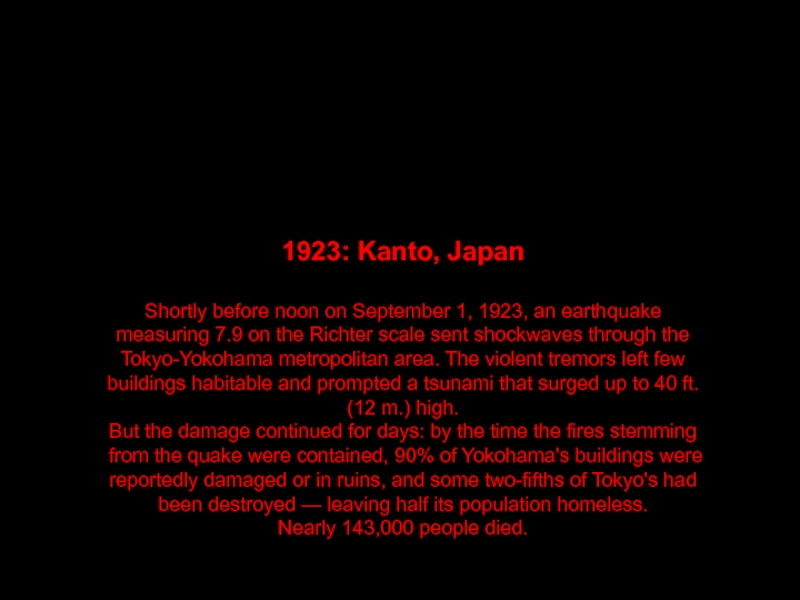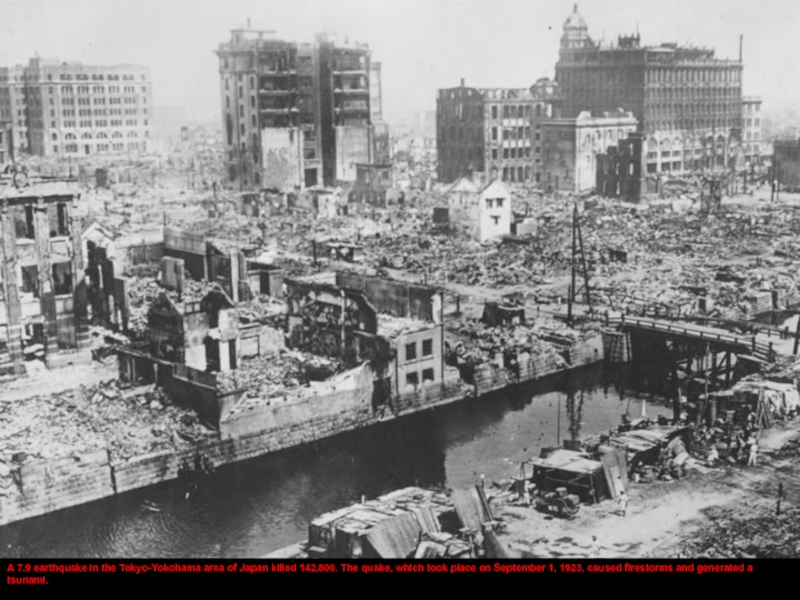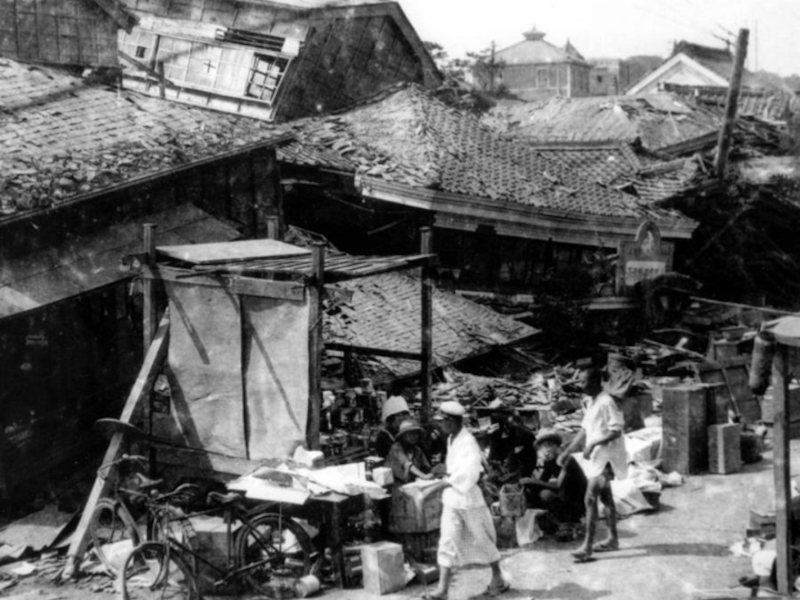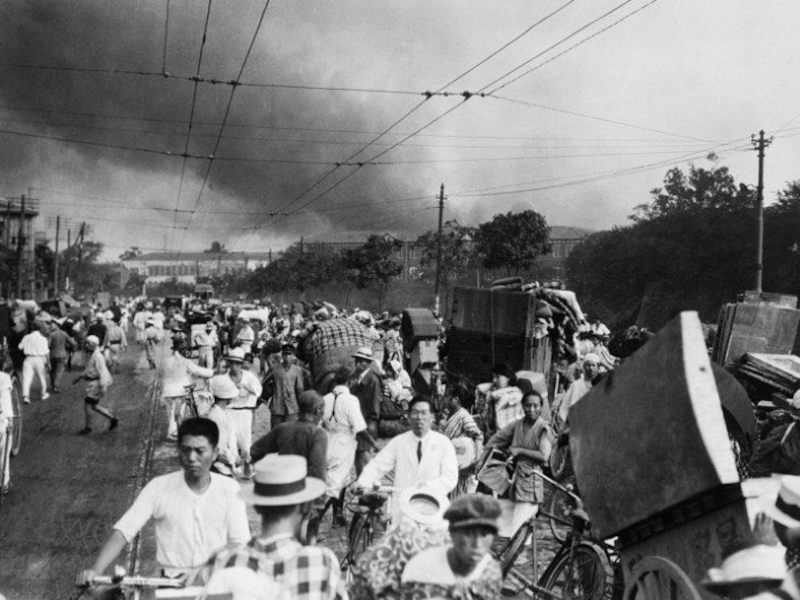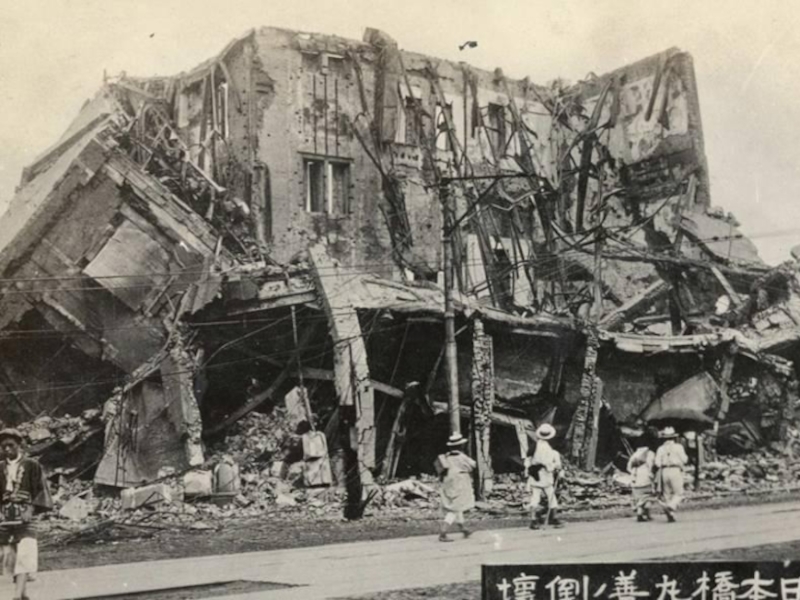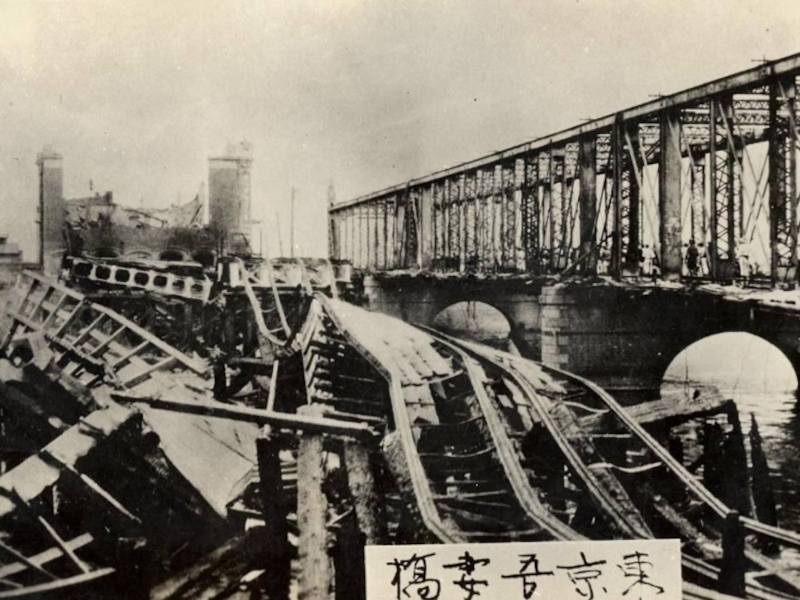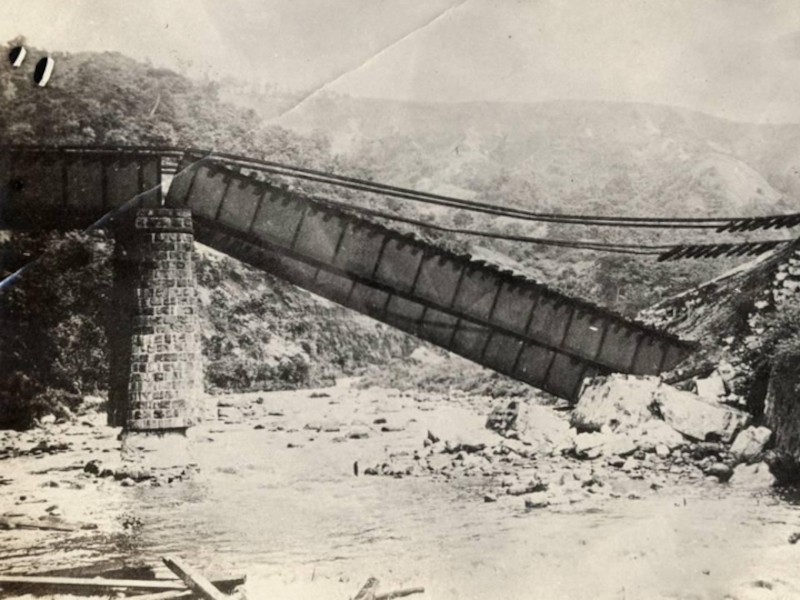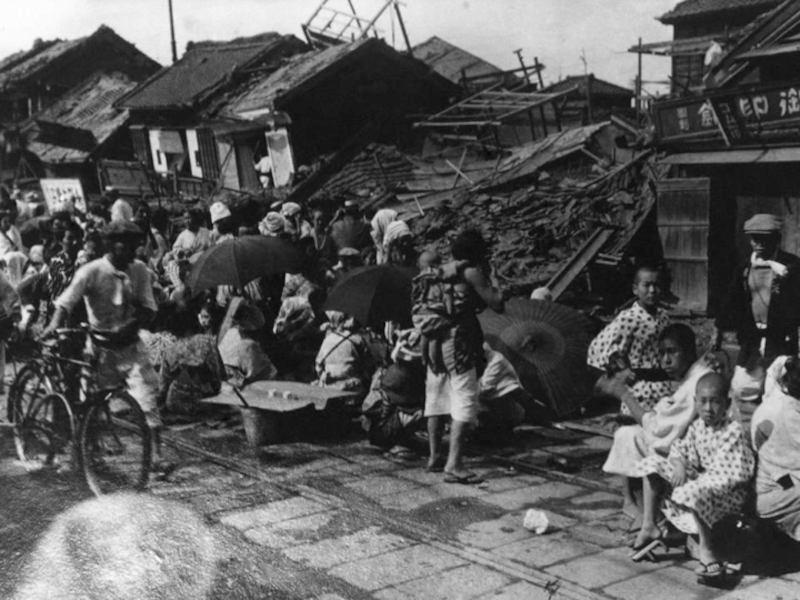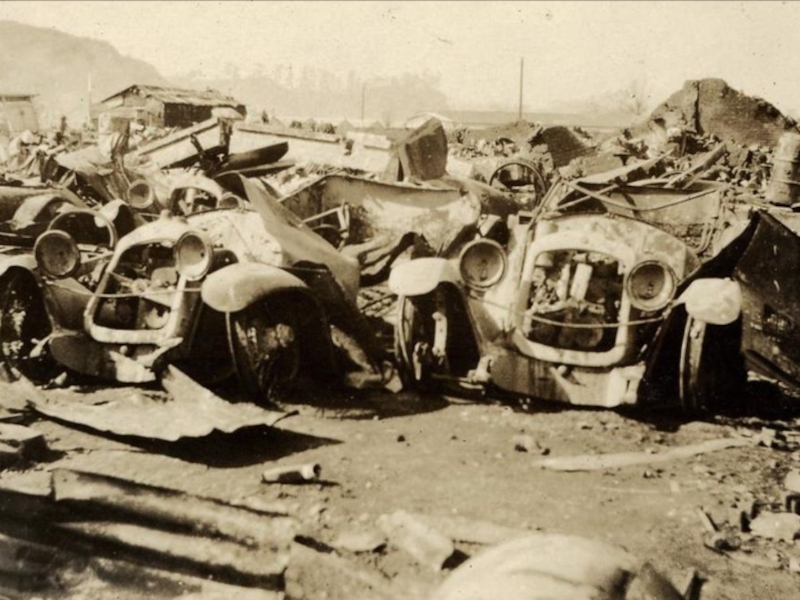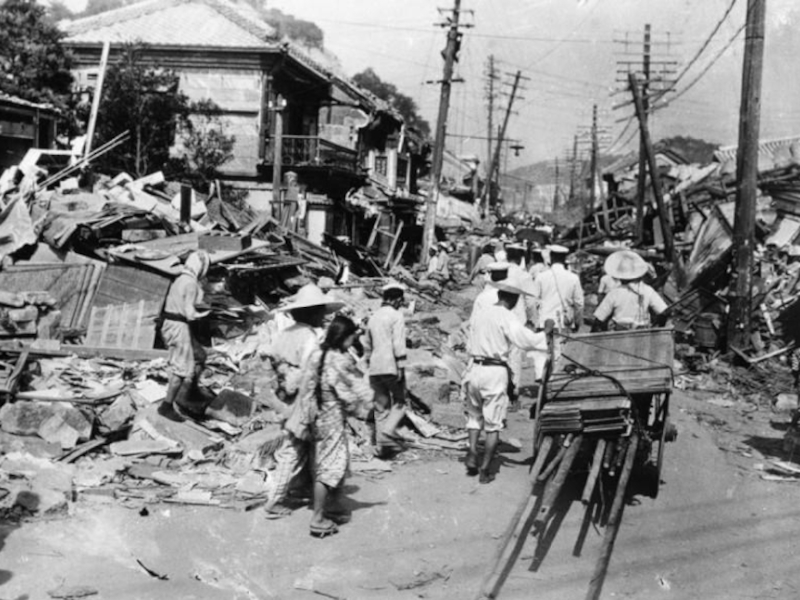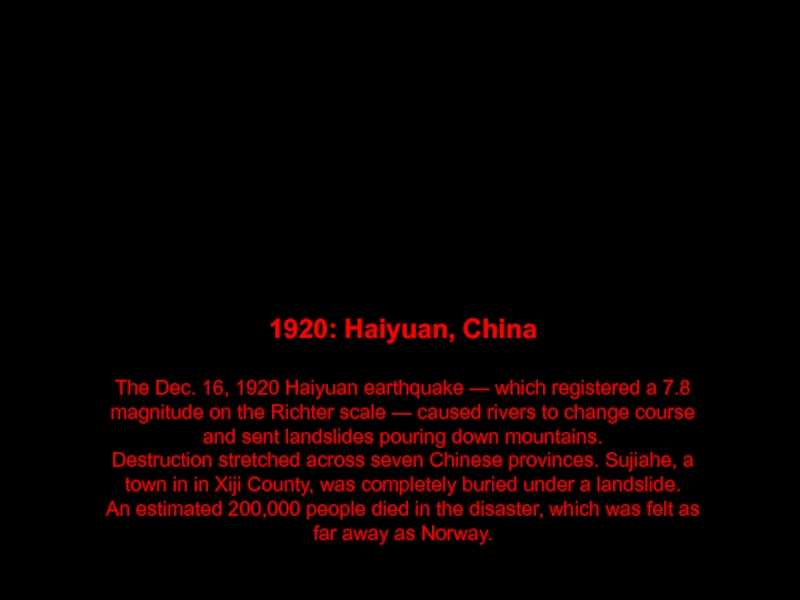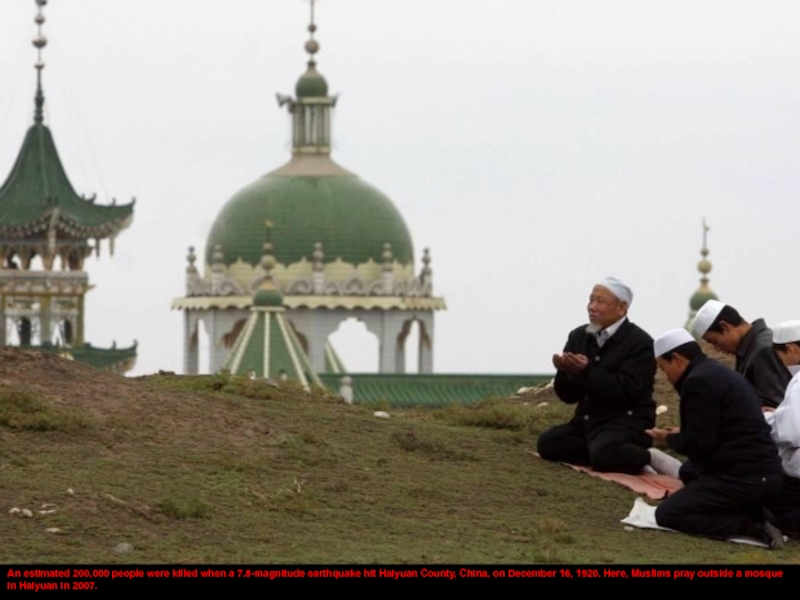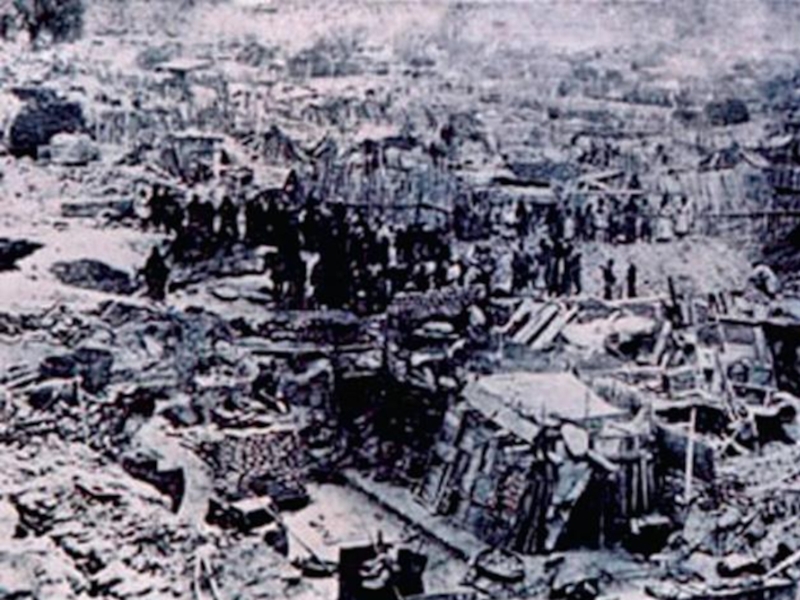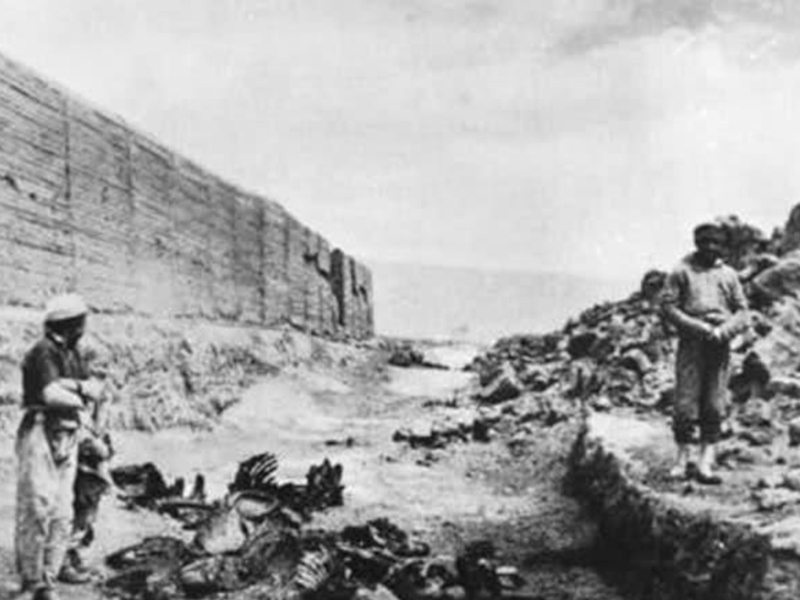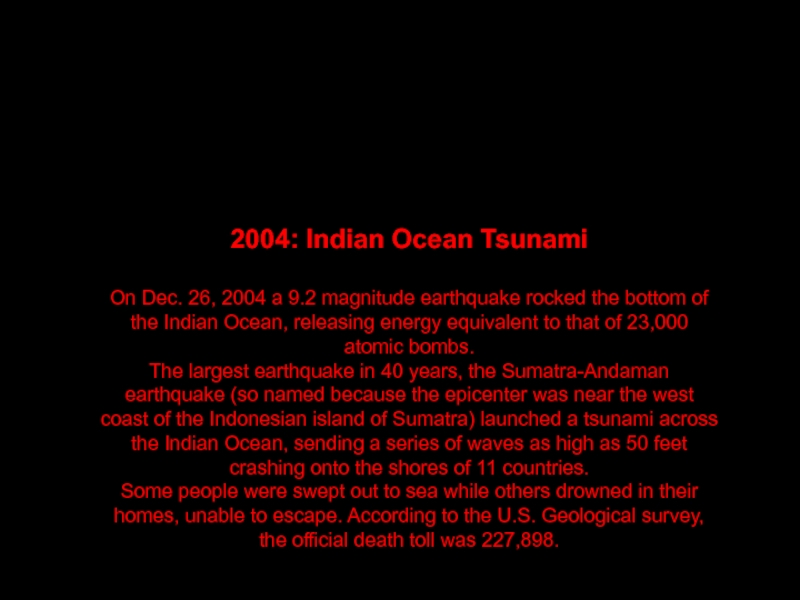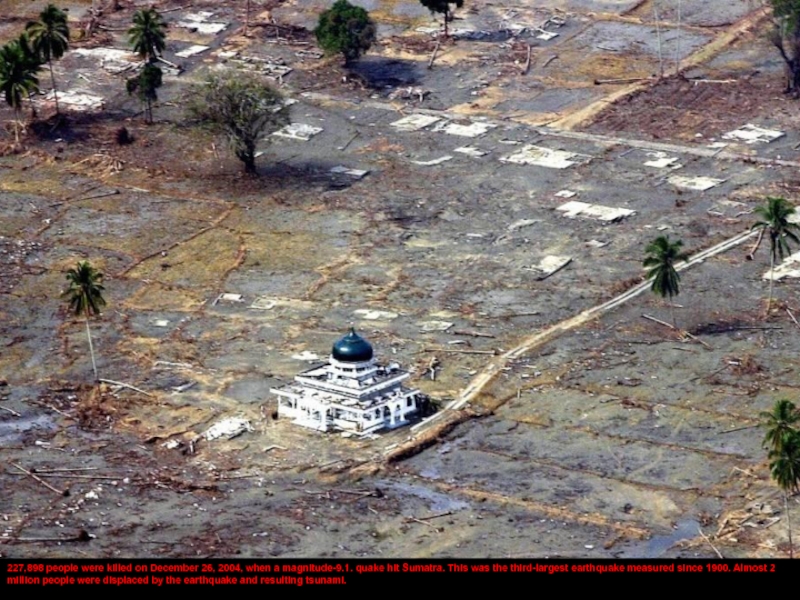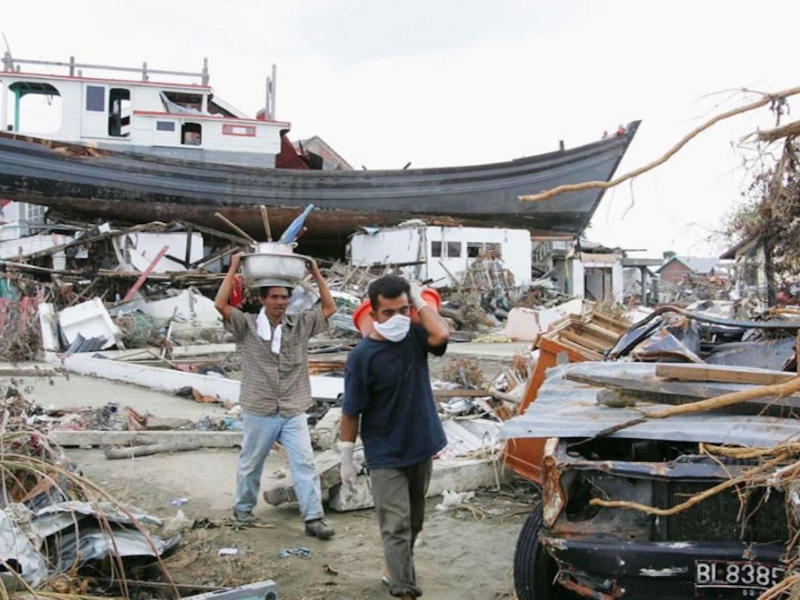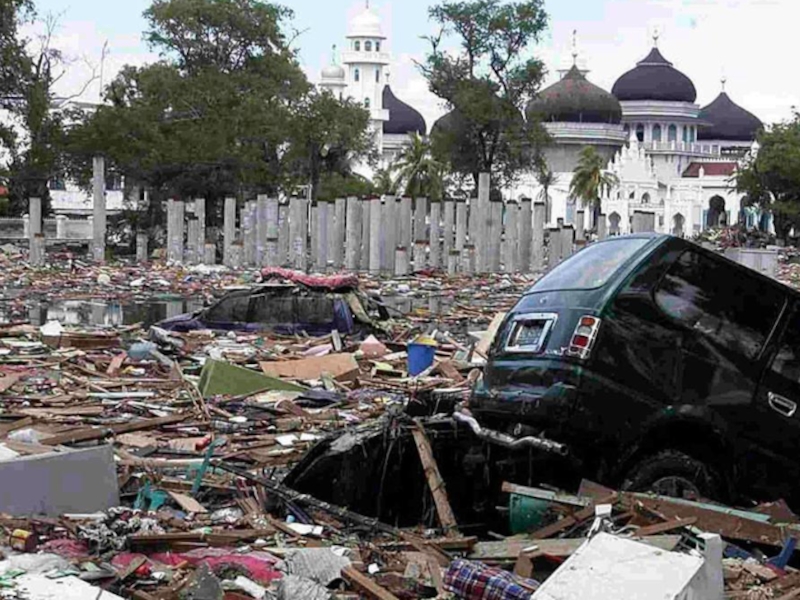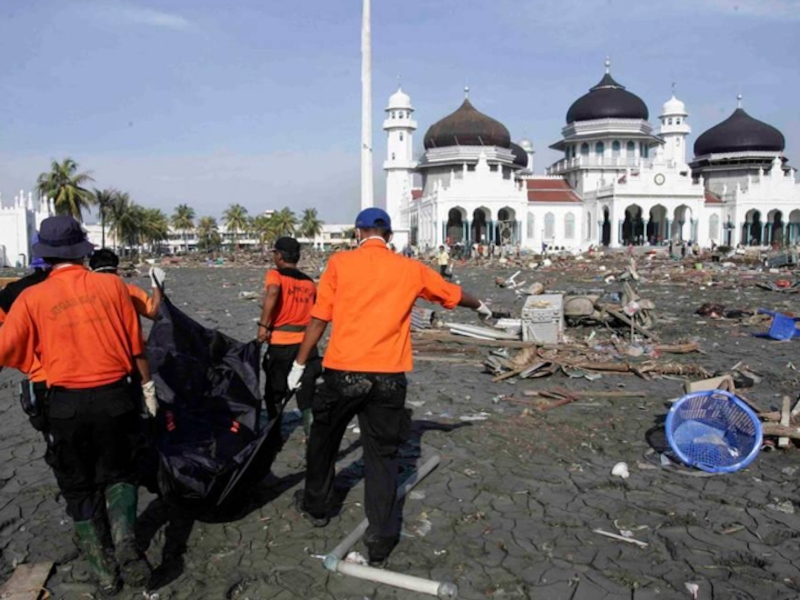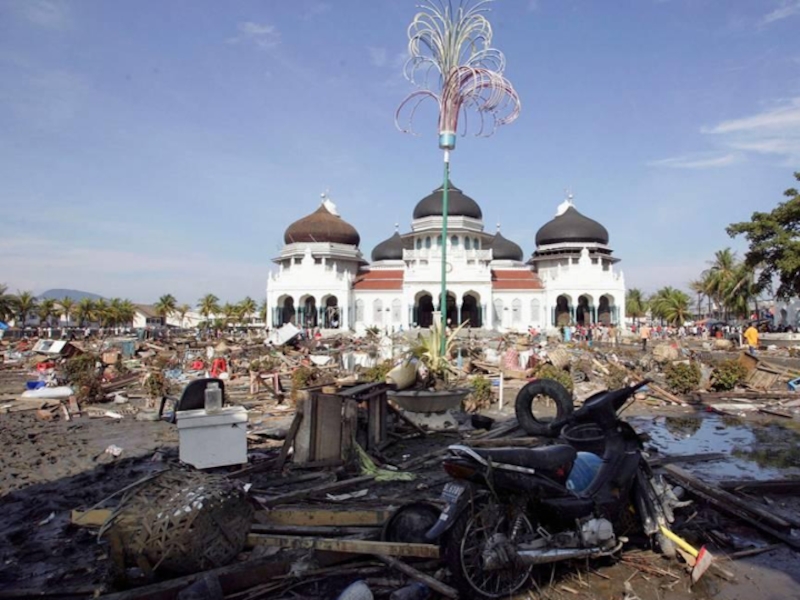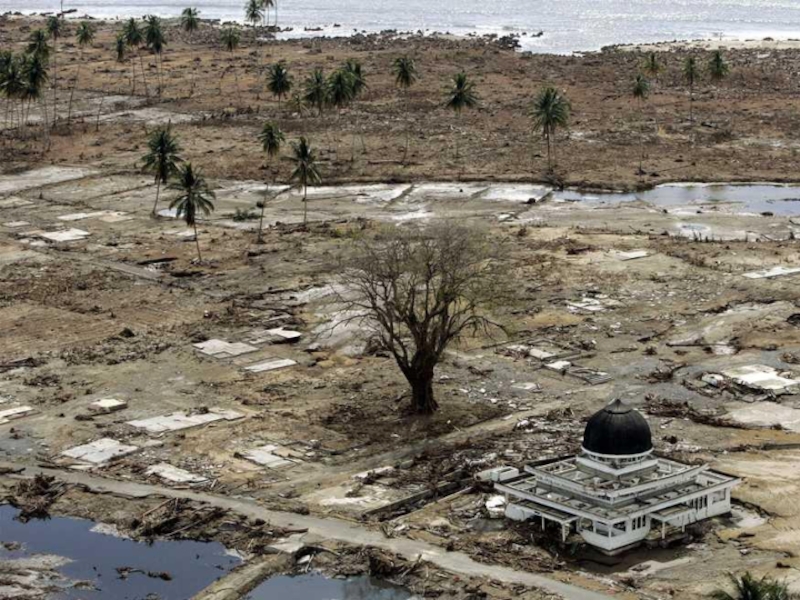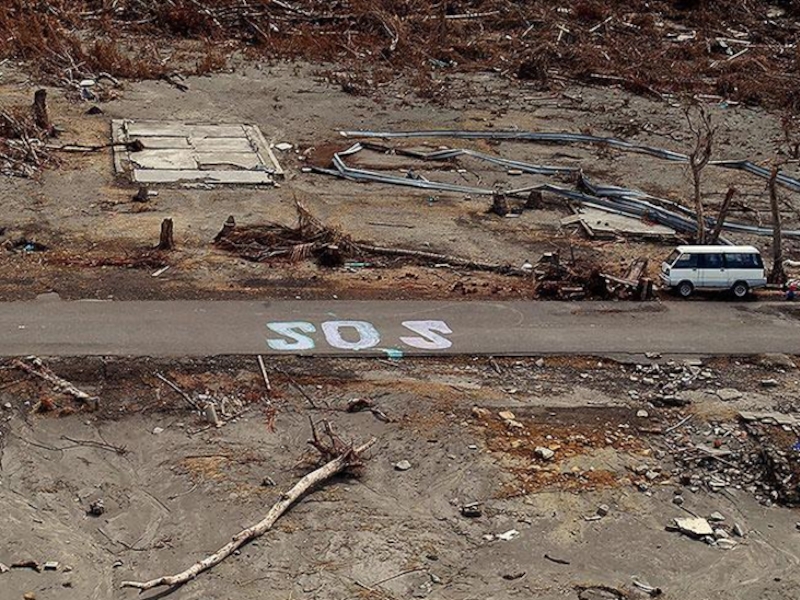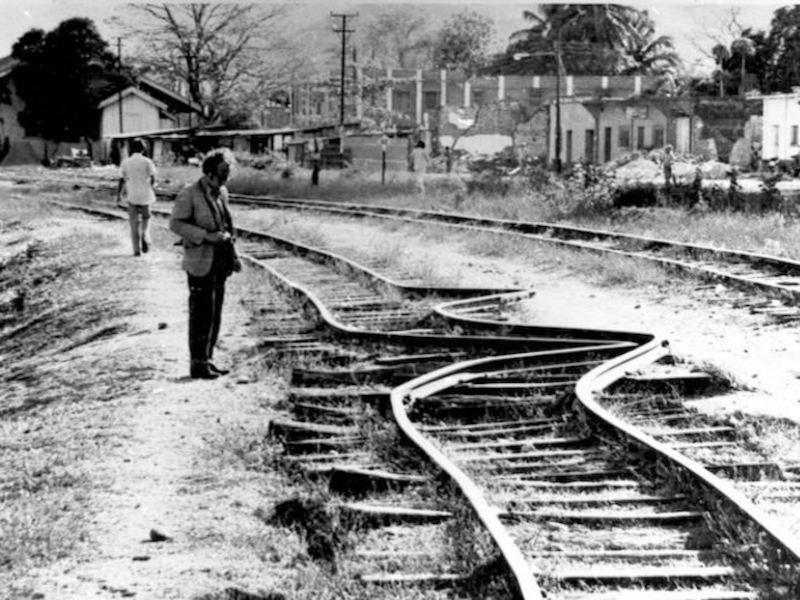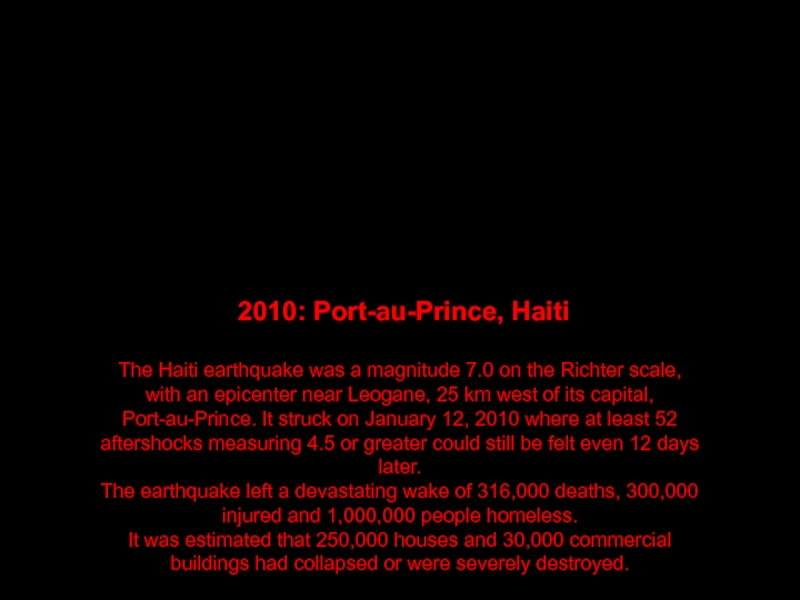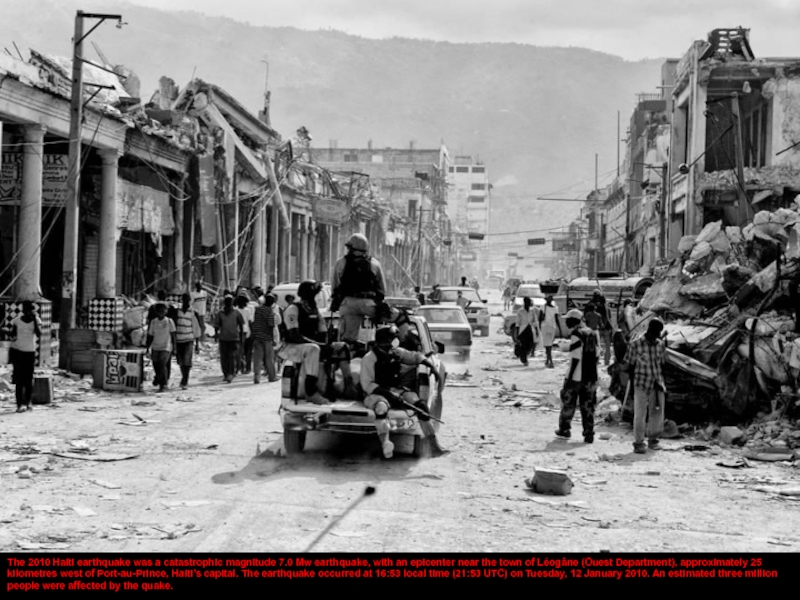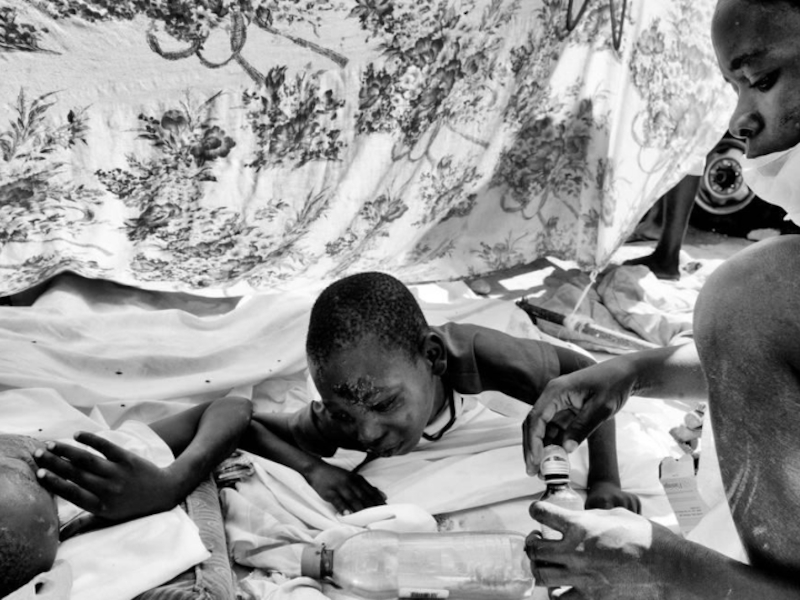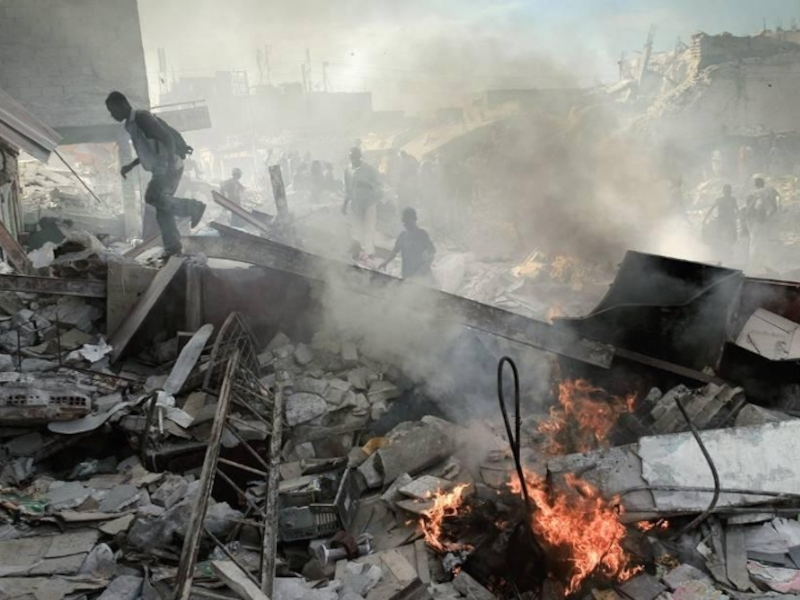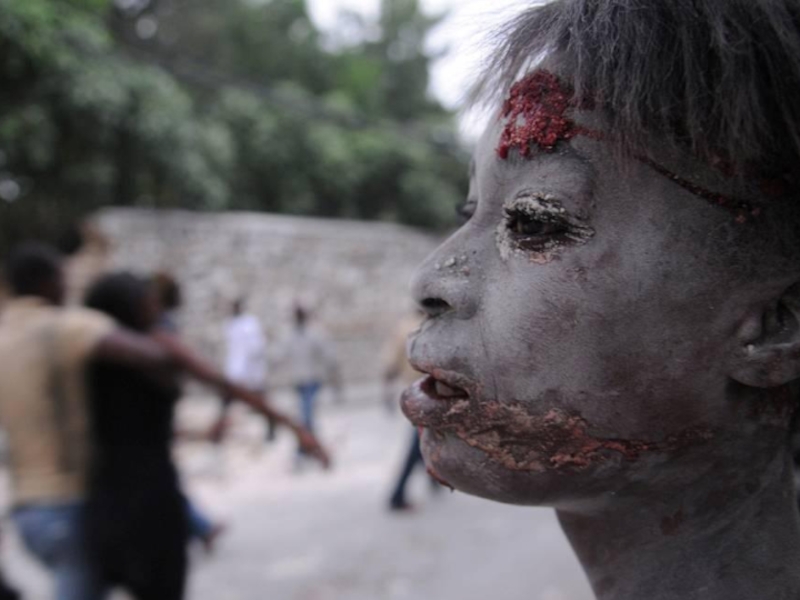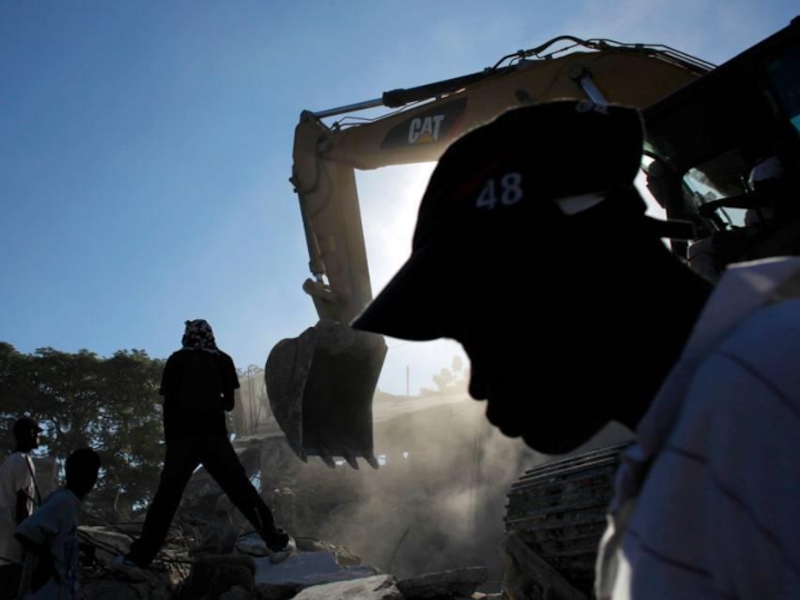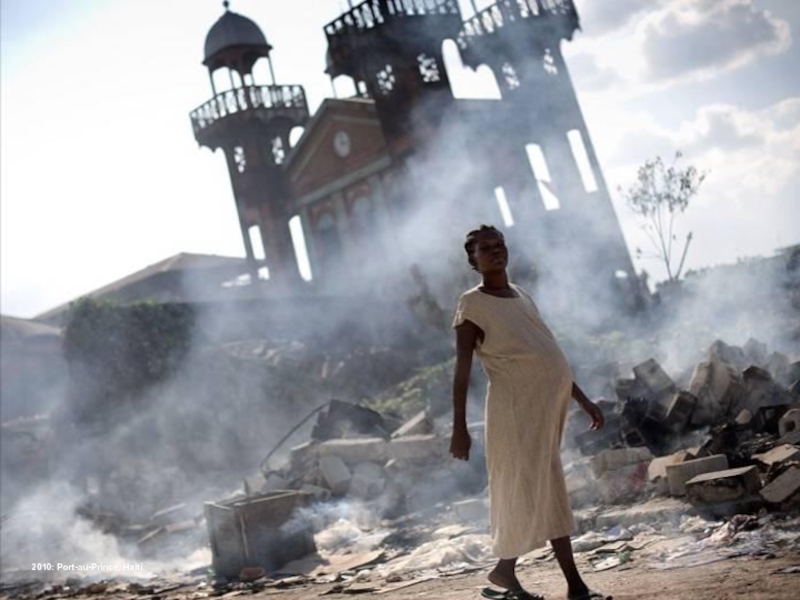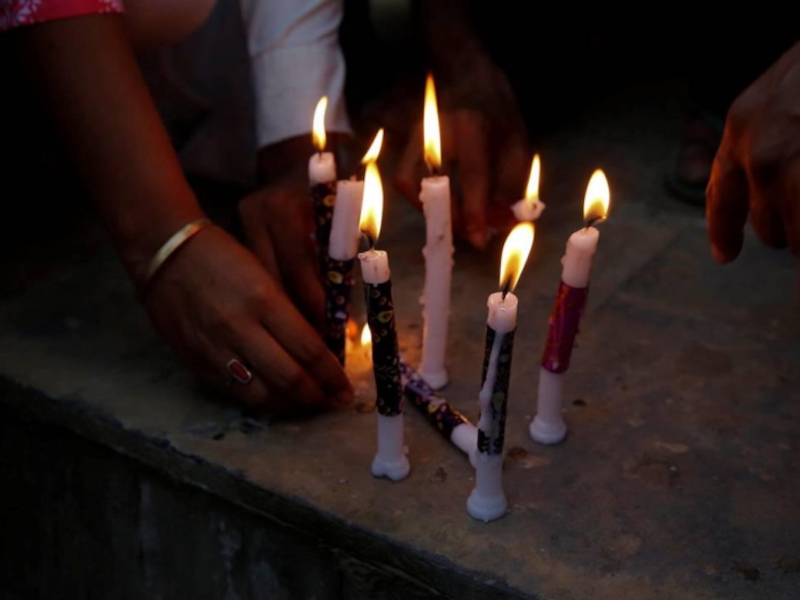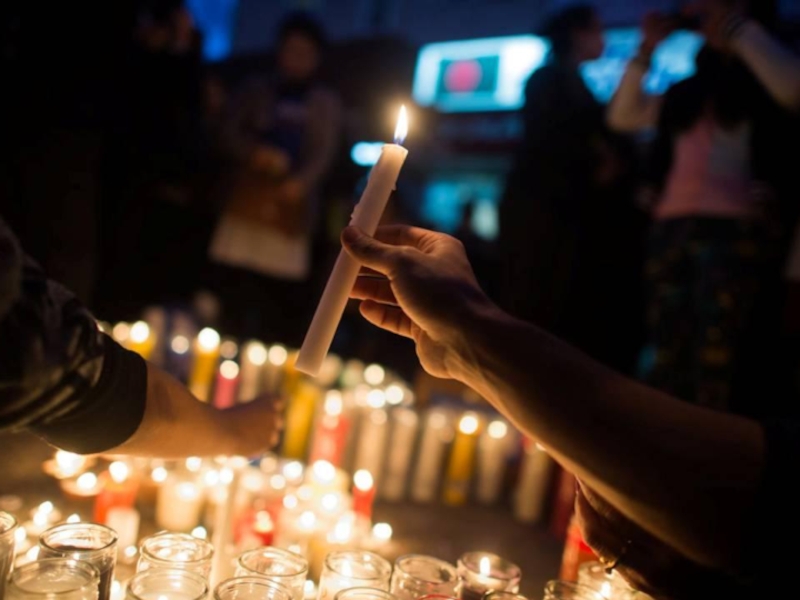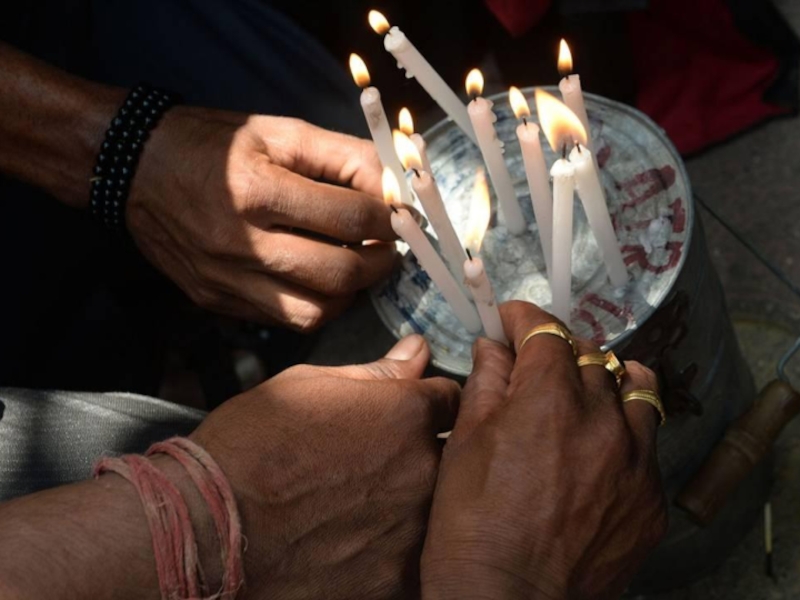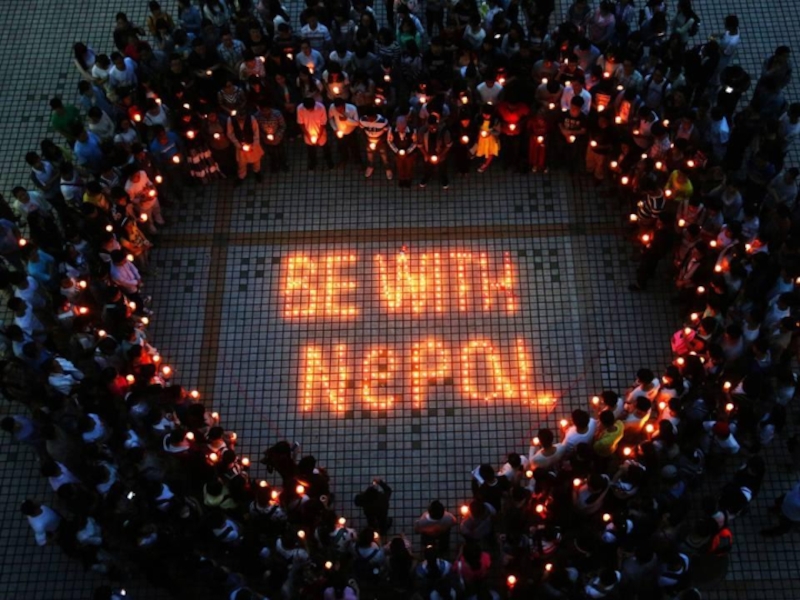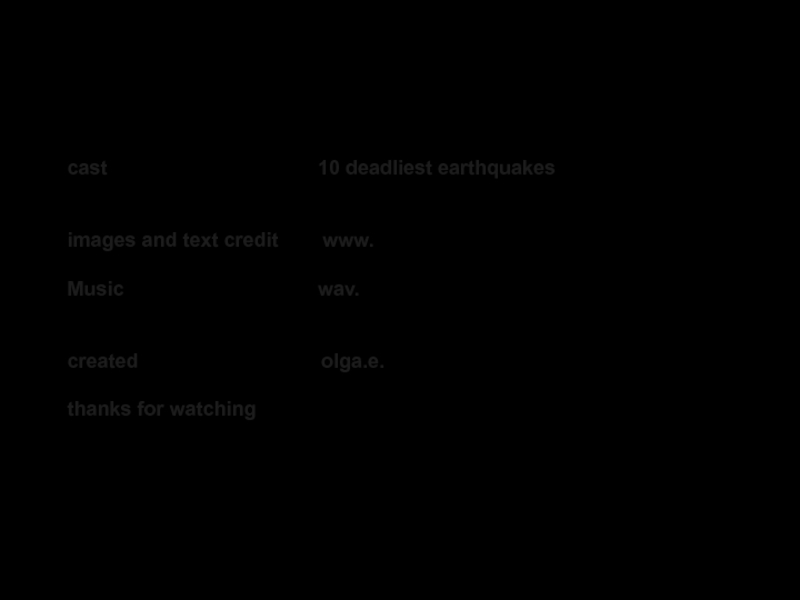- Главная
- Разное
- Дизайн
- Бизнес и предпринимательство
- Аналитика
- Образование
- Развлечения
- Красота и здоровье
- Финансы
- Государство
- Путешествия
- Спорт
- Недвижимость
- Армия
- Графика
- Культурология
- Еда и кулинария
- Лингвистика
- Английский язык
- Астрономия
- Алгебра
- Биология
- География
- Детские презентации
- Информатика
- История
- Литература
- Маркетинг
- Математика
- Медицина
- Менеджмент
- Музыка
- МХК
- Немецкий язык
- ОБЖ
- Обществознание
- Окружающий мир
- Педагогика
- Русский язык
- Технология
- Физика
- Философия
- Химия
- Шаблоны, картинки для презентаций
- Экология
- Экономика
- Юриспруденция
2010: Port-au-Prince, Haiti презентация
Содержание
- 1. 2010: Port-au-Prince, Haiti
- 2. 2010: Port-au-Prince, Haiti
- 3. 2004: Indian Ocean Tsunami
- 4. 2005: Kashmir, Pakistan
- 5. 2005: Kashmir, Pakistan
- 6. 2008: Sichuan Province, China
- 7. 2008: Sichuan Province, China
- 8. 2004: Indian Ocean Tsunami
- 9. 2005: Kashmir, Pakistan
- 10. 2005: Kashmir, Pakistan
- 11. 2010: Port-au-Prince, Haiti
- 12. 10 deadliest earthquakes
- 13. 1970: Chimbote, Peru The Great
- 14. 70,000 people were killed or presumed dead
- 21. 1908: Messina, Italy By today's standards,
- 22. 123.000 people were killed by a magnitude-7.2
- 29. 2005: Kashmir, Pakistan Kashmir, the site
- 30. 100.000 people were killed on October 8,
- 38. 2008: Sichuan Province, China Over 87,000
- 39. The magnitude-7.9 earthquake that struck eastern Sichuan,
- 52. 1948: Turkmenistan In a matter of
- 53. The 1948 Ashgabat earthquake, at a magnitude
- 62. 1923: Kanto, Japan Shortly before noon
- 63. A 7.9 earthquake in the Tokyo-Yokohama area
- 74. 1920: Haiyuan, China The Dec. 16,
- 75. An estimated 200,000 people were killed when
- 78. 2004: Indian Ocean Tsunami On Dec.
- 79. 227,898 people were killed on December 26,
- 89. 1976: Tangshan, China China has the
- 90. On July 27, 1976, a magnitude-7.5 earthquake
- 95. 2010: Port-au-Prince, Haiti The Haiti
- 96. The 2010 Haiti earthquake was a catastrophic
- 105. 2010: Port-au-Prince, Haiti
- 106. Prayers for Nepal
- 112. end
- 113. cast
Слайд 13
1970: Chimbote, Peru
The Great Peruvian Earthquake hit the coastal town of
Chimbote, Peru on May 31, 1970 — measuring a 7.9 magnitude on the Richter scale.
The epicenter of the quake was 15 miles away from the city, in the Pacific Ocean, yet the disaster claimed the lives of some 70,000 people and left more than 800,000 homeless. Landslides, with debris traveling at speeds of up to 200 mph down the sides of the Navado Huascaran mountain, destroyed whole villages. Tremors could be felt in Lima — some 400 miles away.
The epicenter of the quake was 15 miles away from the city, in the Pacific Ocean, yet the disaster claimed the lives of some 70,000 people and left more than 800,000 homeless. Landslides, with debris traveling at speeds of up to 200 mph down the sides of the Navado Huascaran mountain, destroyed whole villages. Tremors could be felt in Lima — some 400 miles away.
Слайд 1470,000 people were killed or presumed dead on May 31, 1970,
when a 7.9 earthquake hit Chimbote, Peru.
Слайд 211908: Messina, Italy
By today's standards, the earthquake that struck beneath the
Messina Strait — which separates the regions of Sicily and Calabria — on December 28, 1908, was a magnitude 7.5.
A subsequent tsunami sent waves as much as 40 feet high crashing into the Italian coast. More than 123.000 people were killed and dozens of towns destroyed. Refugees from Messina were relocated to cities throughout Italy.
Many were eventually transported to North America, aboard ships like the Florida — which, before reaching New York City, collided with another vessel, killing three already traumatized Italian passengers.
A subsequent tsunami sent waves as much as 40 feet high crashing into the Italian coast. More than 123.000 people were killed and dozens of towns destroyed. Refugees from Messina were relocated to cities throughout Italy.
Many were eventually transported to North America, aboard ships like the Florida — which, before reaching New York City, collided with another vessel, killing three already traumatized Italian passengers.
Слайд 22123.000 people were killed by a magnitude-7.2 earthquake in Messina, Italy,
more than 40% of the city's population was killed. The December 28, 1908, quake caused a tsunami and was felt throughout Sicily.
Слайд 292005: Kashmir, Pakistan
Kashmir, the site of a prolonged and violent border
dispute between India and Pakistan, is beleaguered enough;
a massive earthquake on Oct. 8, 2005 only added to the province's woes. Measuring 7.6 on the Richter scale, the quake killed 100,000 and left millions more homeless. The remote, mountainous terrain compounded problems for rescue and recovery efforts, as crews struggled to reach the injured.
a massive earthquake on Oct. 8, 2005 only added to the province's woes. Measuring 7.6 on the Richter scale, the quake killed 100,000 and left millions more homeless. The remote, mountainous terrain compounded problems for rescue and recovery efforts, as crews struggled to reach the injured.
Слайд 30100.000 people were killed on October 8, 2005, when a magnitude-7.6
earthquake slammed northern Pakistan. The heaviest damage occurred in parts of Kashmir, where entire villages were destroyed.
Слайд 382008: Sichuan Province, China
Over 87,000 people died in China's deadly 2008
earthquake, and an estimated 10 million were left homeless.
The 7.9-magnitude disaster struck the mountainous Sichuan Province in western China, destroying millions of buildings and causing an estimated $86 billion worth of damage.
Nearly 10,000 children died in schools — trapped under rubble when the buildings collapsed — leading to public outcry and a government investigation that found that as many as 20 percent of primary schools may have been shoddily constructed and unsafe.
Grieving parents' initial calls for justice, however, have been silenced to a large extent by intimidation and alleged payoffs.
The 7.9-magnitude disaster struck the mountainous Sichuan Province in western China, destroying millions of buildings and causing an estimated $86 billion worth of damage.
Nearly 10,000 children died in schools — trapped under rubble when the buildings collapsed — leading to public outcry and a government investigation that found that as many as 20 percent of primary schools may have been shoddily constructed and unsafe.
Grieving parents' initial calls for justice, however, have been silenced to a large extent by intimidation and alleged payoffs.
Слайд 39The magnitude-7.9 earthquake that struck eastern Sichuan, China on May 12,
2008, killed 87,587 people and was felt in parts of Bangladesh, Taiwan, Thailand and Vietnam.
Слайд 521948: Turkmenistan
In a matter of minutes, an October earthquake measuring 7.3
turned the city of Ashgabat into a pile of rubble.
A thousand Soviet doctors, nurses and other medical personnel flooded in from Moscow and other cities to aid sufferers in what is now Turkmenistan.
Despite their efforts, 110,000 people perished.
A thousand Soviet doctors, nurses and other medical personnel flooded in from Moscow and other cities to aid sufferers in what is now Turkmenistan.
Despite their efforts, 110,000 people perished.
Слайд 53The 1948 Ashgabat earthquake, at a magnitude 7.3 Mw, occurred at
1:12 in the morning on 6 October 1948, near Ashgabat, in the Turkmen Soviet Socialist Republic. Almost all the brick buildings in Ashgabat, collapsed and 110,000 people were killed.
Слайд 621923: Kanto, Japan
Shortly before noon on September 1, 1923, an earthquake
measuring 7.9 on the Richter scale sent shockwaves through the Tokyo-Yokohama metropolitan area. The violent tremors left few buildings habitable and prompted a tsunami that surged up to 40 ft. (12 m.) high.
But the damage continued for days: by the time the fires stemming from the quake were contained, 90% of Yokohama's buildings were reportedly damaged or in ruins, and some two-fifths of Tokyo's had been destroyed — leaving half its population homeless.
Nearly 143,000 people died.
But the damage continued for days: by the time the fires stemming from the quake were contained, 90% of Yokohama's buildings were reportedly damaged or in ruins, and some two-fifths of Tokyo's had been destroyed — leaving half its population homeless.
Nearly 143,000 people died.
Слайд 63A 7.9 earthquake in the Tokyo-Yokohama area of Japan killed 142,800.
The quake, which took place on September 1, 1923, caused firestorms and generated a tsunami.
Слайд 741920: Haiyuan, China
The Dec. 16, 1920 Haiyuan earthquake — which registered
a 7.8 magnitude on the Richter scale — caused rivers to change course and sent landslides pouring down mountains.
Destruction stretched across seven Chinese provinces. Sujiahe, a town in in Xiji County, was completely buried under a landslide.
An estimated 200,000 people died in the disaster, which was felt as far away as Norway.
Destruction stretched across seven Chinese provinces. Sujiahe, a town in in Xiji County, was completely buried under a landslide.
An estimated 200,000 people died in the disaster, which was felt as far away as Norway.
Слайд 75An estimated 200,000 people were killed when a 7.8-magnitude earthquake hit
Haiyuan County, China, on December 16, 1920. Here, Muslims pray outside a mosque in Haiyuan in 2007.
Слайд 782004: Indian Ocean Tsunami
On Dec. 26, 2004 a 9.2 magnitude earthquake
rocked the bottom of the Indian Ocean, releasing energy equivalent to that of 23,000 atomic bombs.
The largest earthquake in 40 years, the Sumatra-Andaman earthquake (so named because the epicenter was near the west coast of the Indonesian island of Sumatra) launched a tsunami across the Indian Ocean, sending a series of waves as high as 50 feet crashing onto the shores of 11 countries.
Some people were swept out to sea while others drowned in their homes, unable to escape. According to the U.S. Geological survey, the official death toll was 227,898.
The largest earthquake in 40 years, the Sumatra-Andaman earthquake (so named because the epicenter was near the west coast of the Indonesian island of Sumatra) launched a tsunami across the Indian Ocean, sending a series of waves as high as 50 feet crashing onto the shores of 11 countries.
Some people were swept out to sea while others drowned in their homes, unable to escape. According to the U.S. Geological survey, the official death toll was 227,898.
Слайд 79227,898 people were killed on December 26, 2004, when a magnitude-9.1.
quake hit Sumatra. This was the third-largest earthquake measured since 1900. Almost 2 million people were displaced by the earthquake and resulting tsunami.
Слайд 891976: Tangshan, China
China has the misfortune to have had the second
deadliest earthquake on record, the 1976 Great Tangshan Earthquake, which struck in the country's northeast. It'd be more accurate to call this a binary quake: an aftershock that struck 16 hours after the initial temblor measured an identical 7.8 on the Richter scale and was equally destructive.
Death estimates are hard to pin down — initial reports placed the toll at nearly 700,000, but those have since been revised down to some 250,000. Compounding the massive casualty count was the decision by the Chinese government to accept no international aid in the aftermath of the quakes.
Death estimates are hard to pin down — initial reports placed the toll at nearly 700,000, but those have since been revised down to some 250,000. Compounding the massive casualty count was the decision by the Chinese government to accept no international aid in the aftermath of the quakes.
Слайд 90On July 27, 1976, a magnitude-7.5 earthquake killed an estimated 242,769
people in Tangshan, China. Unofficial estimates put the toll at much higher, perhaps 700,000 deaths.
Слайд 95 2010: Port-au-Prince, Haiti
The Haiti earthquake was a magnitude 7.0 on
the Richter scale, with an epicenter near Leogane, 25 km west of its capital, Port-au-Prince. It struck on January 12, 2010 where at least 52 aftershocks measuring 4.5 or greater could still be felt even 12 days later.
The earthquake left a devastating wake of 316,000 deaths, 300,000 injured and 1,000,000 people homeless.
It was estimated that 250,000 houses and 30,000 commercial buildings had collapsed or were severely destroyed.
The earthquake left a devastating wake of 316,000 deaths, 300,000 injured and 1,000,000 people homeless.
It was estimated that 250,000 houses and 30,000 commercial buildings had collapsed or were severely destroyed.
Слайд 96The 2010 Haiti earthquake was a catastrophic magnitude 7.0 Mw earthquake,
with an epicenter near the town of Léogâne (Ouest Department), approximately 25 kilometres west of Port-au-Prince, Haiti's capital. The earthquake occurred at 16:53 local time (21:53 UTC) on Tuesday, 12 January 2010. An estimated three million people were affected by the quake.
Слайд 113cast
10 deadliest earthquakes
images and text credit www.
Music wav.
created olga.e. thanks for watching
images and text credit www.
Music wav.
created olga.e. thanks for watching
